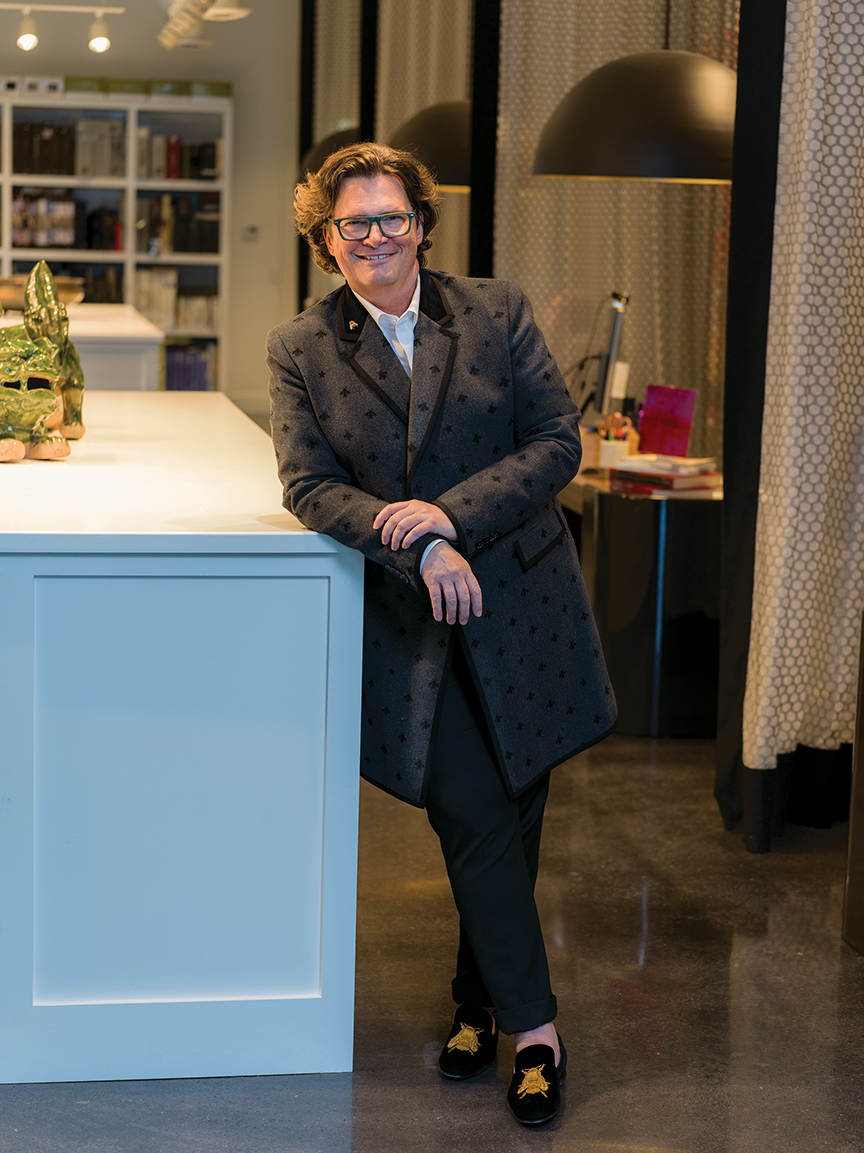
Photos by Mark Jackson/CHROMA Photography.
Designer Chris Goddard grew up in Arkansas in a house full of built-in furniture. As his love for design started early in life, he says this situation “drove me nuts.” Now, as the principal founder of Goddard Design Group, he credits these hurdles, as well as the creative nurturing of his family, for his love of change, which continues to inspire every facet of his work.
It was the need to produce something new every time, and the drive to push himself past his own creative limits, that helped Goddard become a finalist on the most recent season of HGTV’s Design Star: Next Gen.
We spoke with Goddard about his whirlwind experience of creating interior design for TV, and how his reality TV appearance inspired an even deeper love for design than he’d had in 30-plus years.
For those who haven’t watched the latest season of Design Star, can you relay to audiences your method of design?
I’m a big proponent of change, if you’re doing the same thing you did 3 years ago you’re doing something wrong. I never do the same thing twice, so in 30 years we’ve never used the same fabric twice, the same piece of furniture twice — it’s kind of my trademark. I don’t want anybody to have something somebody else has.
What has been your biggest inspiration, since you were young, to work in such a creative field?
I grew up in a very creative family, always surrounded by creativity and the arts. My family, especially my mother and my grandmother, were big on travel and exposing me to as much as possible. So I traveled a lot and spent a lot of time in museums. They would always take me out of school for weeks at a time; they always said ‘the best education was travel and experiencing things.’ I grew up a little globe-trotting kid, seeing the world, which was wonderful and super inspiring.
You received both design and business degrees in college. Have you found this type of structured education helpful as well?
I’ve found that having a business degree really makes a huge difference. Most designers are creative but can’t always run a business, and I’ve been able to strike a good balance. That’s not to say I haven’t ever screwed up — we all have — but those are called learning experiences.
You mentioned loving to travel, what’s one of your favorite places to visit?
One of my favorite places is Morocco. I try and go once a year. I’m super inspired by the colors and textures, anything that’s handmade. When you have something that’s made by hand, at least one thing in your house, it gives your house a soul and gives the room a sense of place, like it’s always been there. That’s my whole deal, creating timeless rooms. I don’t want anything to look like it was stuck in time, and the key to doing that is layering in parts of the past, present and modern so you get something that never really goes out of style.
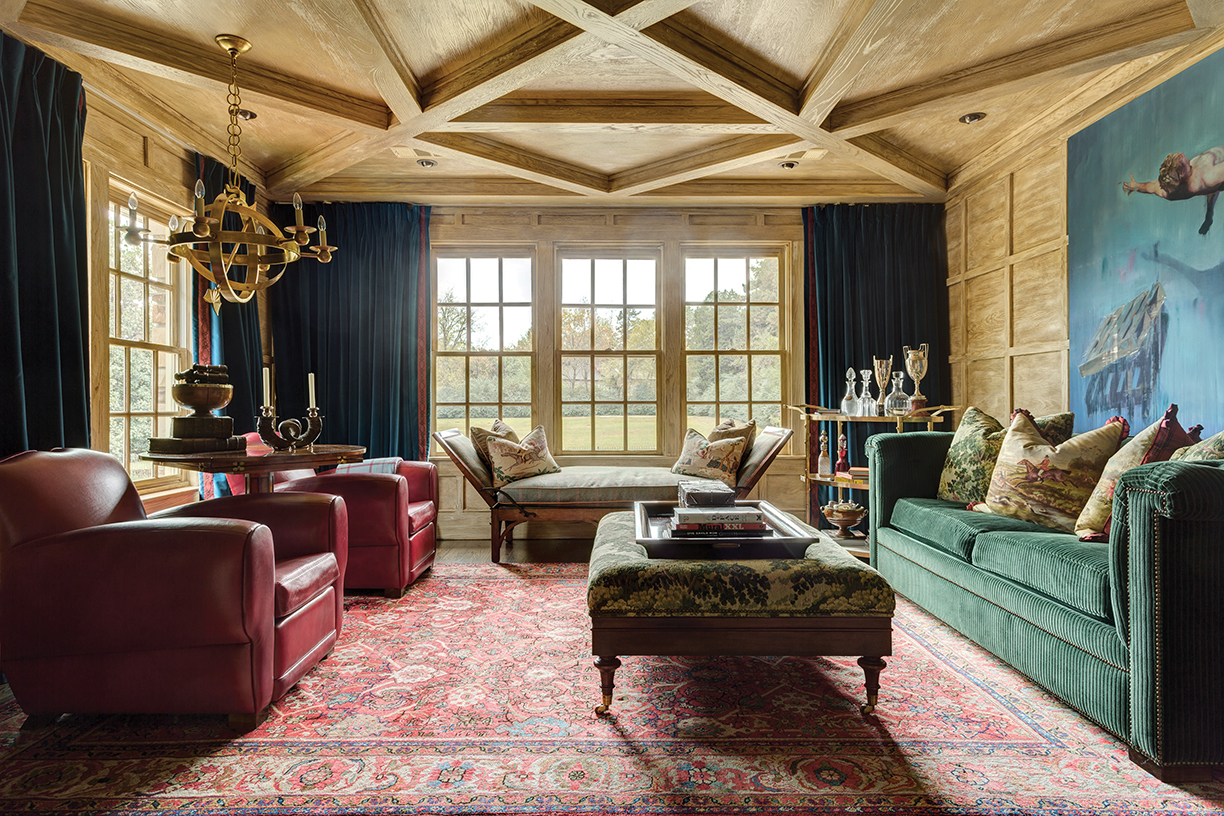
A traditional Southern estate with hints of modern elegance in Fort Smith, Arkansas.
What is your primary focus when you’re designing a space?
I’m designing for the client, or if it’s commercial, for the space. You want to create an experience that is singular to them. I think the death of most design is becoming a trend or doing anything trendy, so I always try to be very specific in what I’m doing and make sure it’s uber-tailored to the space or the client.
I think as a designer the biggest compliment I can ever get is when someone comes in and says “Oh this looks like the homeowner,” instead of “this looks like a Chris Goddard house.” The biggest compliment is that it’s a reflection of the homeowner or the space.
What was it like to be on an HGTV show? Did you enjoy your time on set?
When I started my business I taught myself how to do everything, how to put on wallpaper, how to paint — to be a good designer you have to have an understanding of all the people that work for you. I haven’t done that [in person] in over 25 years, but [on the show] it all came back to me like riding a bike. … Each episode was like a day and a half, so cranking everything out and then being judged on it was a little tricky. In our career, our clients are the judges and you kind of have an idea of what they want, but when you go into things blind, you don’t know.
For me it was more fun because I got to push myself out of my comfort zone, which I really needed. I kind of looked at the whole experience as an opportunity to reignite my passion for design. It’s easy when I get to the level I am at and get comfortable — and I think I was feeling a little comfortable — which was the reason I wanted to compete. Doing it, I came back and I couldn’t have been more excited about design than I had in my whole life. It was the best experience I could have ever had.
What lessons have you taken away from the experience?
It’s best to go with your first thoughts. If you get too much in your head, it throws off the creative process. Don’t be afraid to try anything new. The main thing [I learned], though, was to trust my gut, be authentic and keep pushing myself. And to learn something new. I learned so many new design tips, technology tips — everyone had so many things to share. It was nice to just be able to soak it all in.
How have things progressed since going back to the firm? Any big plans for the future?
I’m excited to see what happens in the next few years, as design is having a Renaissance. Right now we’re busier than ever, since people have been stuck in their homes and they see things they want to change. They want multifunctional spaces, beautiful spaces, there’s been this huge resurgence in an interest in design. The whole world is once again interested in how they live.
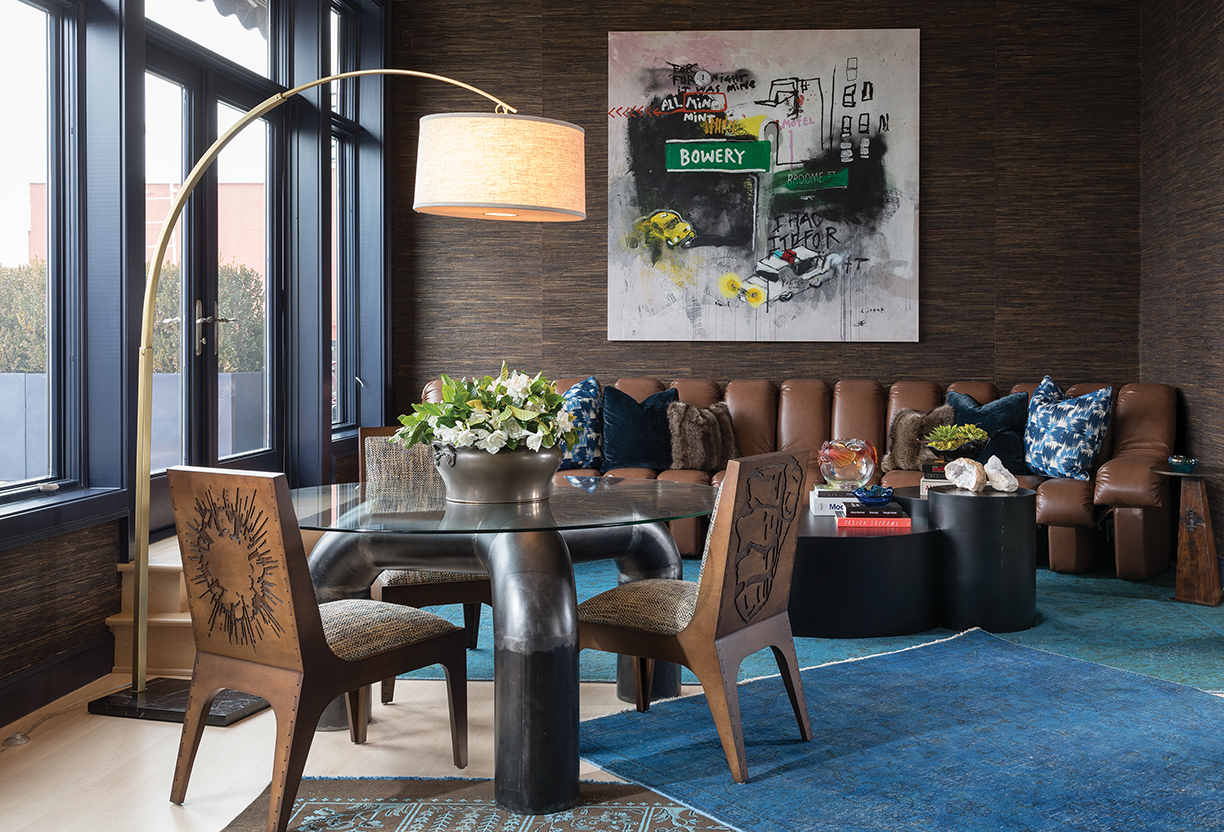
The design style of this home evolved from Spanish Mission into an eclectic mixture of modernism and neoclassical, created through thoughtfully curated collections, from vintage Chinese rugs to contemporary art.

A key component to the design of this Fayetteville penthouse was the incorporation of pieces from the client’s extensive modern art collection, seen above and below. “It was a lot of fun to pull modern furniture and art together to create a new space that still resonates our client’s unique, eclectic personality,” according to Goddard Design Group.
Top photo by Rett Peek Photography.
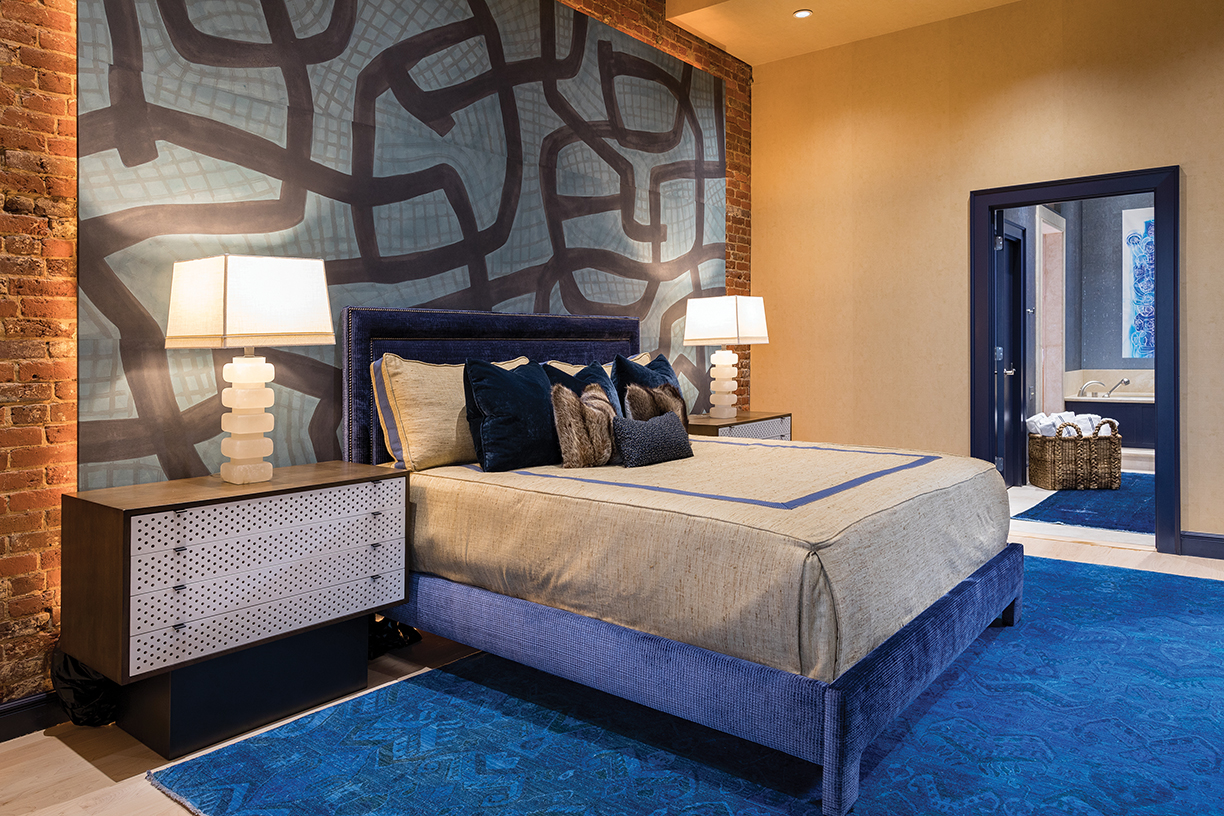
All photos courtesy Vanleles Diamonds.
Vanleles Diamonds — focused on producing jewelry sourced from ethical mining — is the first-ever female-owned African fine jewelry brand.
Living and working all around the world has allowed Vania Leles to develop an edge in her work, drawing from her experiences to shape Vanleles Diamonds into a global luxury brand. “Growing up, I studied in between Guinea-Bissau and Portugal, returning to Africa during breaks to travel around the continent with my family,” Leles says. “Upon graduating from NOVA University Lisbon, I moved to London to learn English and became a social worker. I changed careers after being discovered by a modeling scout, and lived and worked as a model in Paris and New York for a few years.”
Leles’ ties to her African heritage are evident in her designs. “Then came that fateful day when I decided to join the jewelry world,” Leles says. “All these events and influences are reflected in details of the Vanleles collection. Some people expect my jewelry to be tribal or ethnic, but it is a combination of my memories of Africa and my experiences traveling throughout the world and living in Europe.”
Leles is no stranger to the world of luxury. While working as a model, she was inspired by the fine jewelry on set, and connected this to her home in Africa. “Around 2003, I was modeling on a shoot with fine jewelry when someone on the set told me that all precious and many semiprecious stones can be found in Africa,” Leles explains. “Intrigued, as I am from the West African nation of Guinea-Bissau, I did some research. I discovered that at that time, there were no African haute-jewelry designers working with these materials native to their continents.”
With this in mind, Leles set out to begin her own company. “This was enough for me to decide that I would establish the world’s first female-founded African high jewelry house,” Leles says.
Leles’ breakout into the world of jewelry was not immediate. “When I told my mother about my plans, she suggested I get 10 years of experience before launching my own company,” Leles reflects. “This seemed like a long time, but I agreed, quitting modeling and enrolling in classes on gems, design and business at the Gemological Institute of America.”
Leles then traveled to New York City, learning and graduating from the Gemological Institute of America. Heeding her mother’s advice, Leles spent over a decade working and learning from world-renowned fine jewelry brands GRAFF, De Beers and Sotheby’s. To launch the jewelry business she had dreamed about since her modeling days, London’s New Bond Street, the heart of the international fine jewelry world, was a clear-cut choice for the location of Vanleles Diamonds flagship atelier. “I came here over 20 years ago to learn English and never went back.”
Vanleles Diamonds offers a variety of jewelry styles, including rings, earrings, necklaces, and bracelets, each crafted by skilled jewelry makers. Leles explained that her goal is to allow the wearers of her jewelry pieces to feel “empowered, happy, and with a knowledge that we created their jewelry in the most transparent and ethical way possible.”
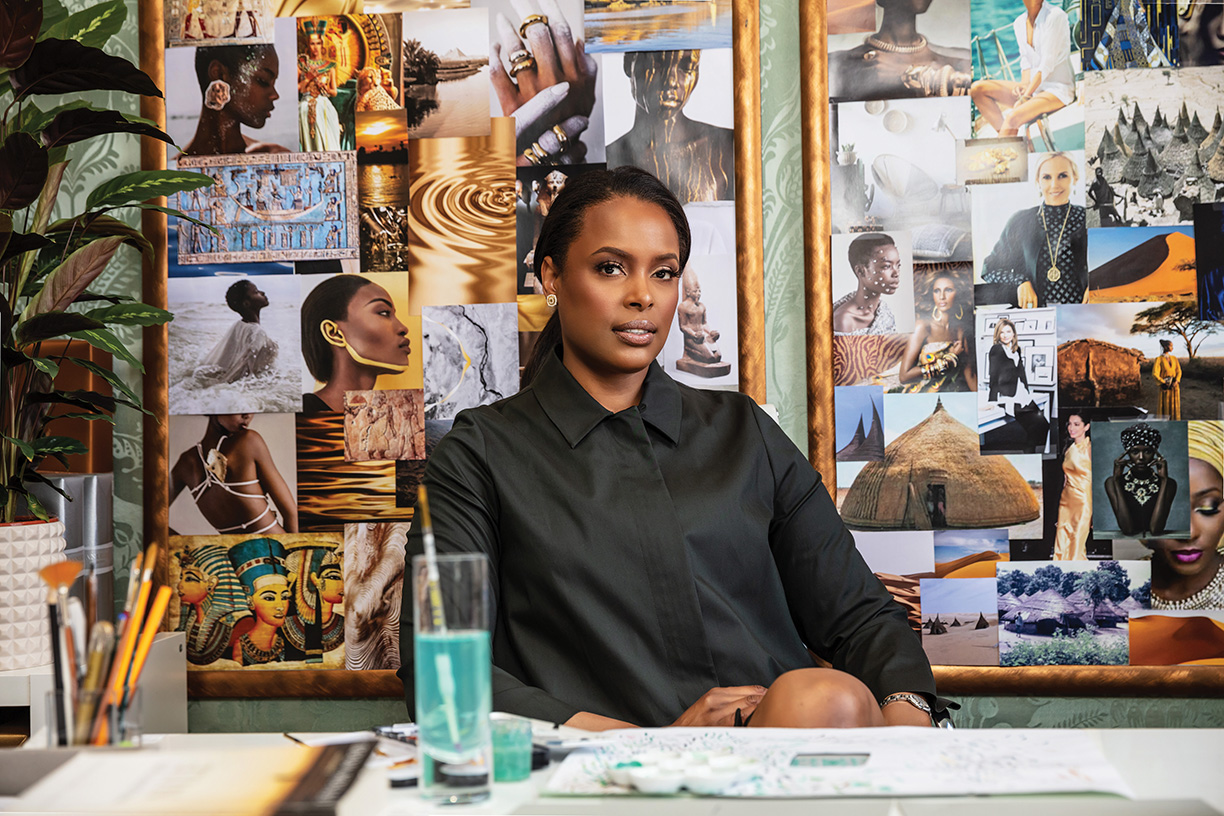
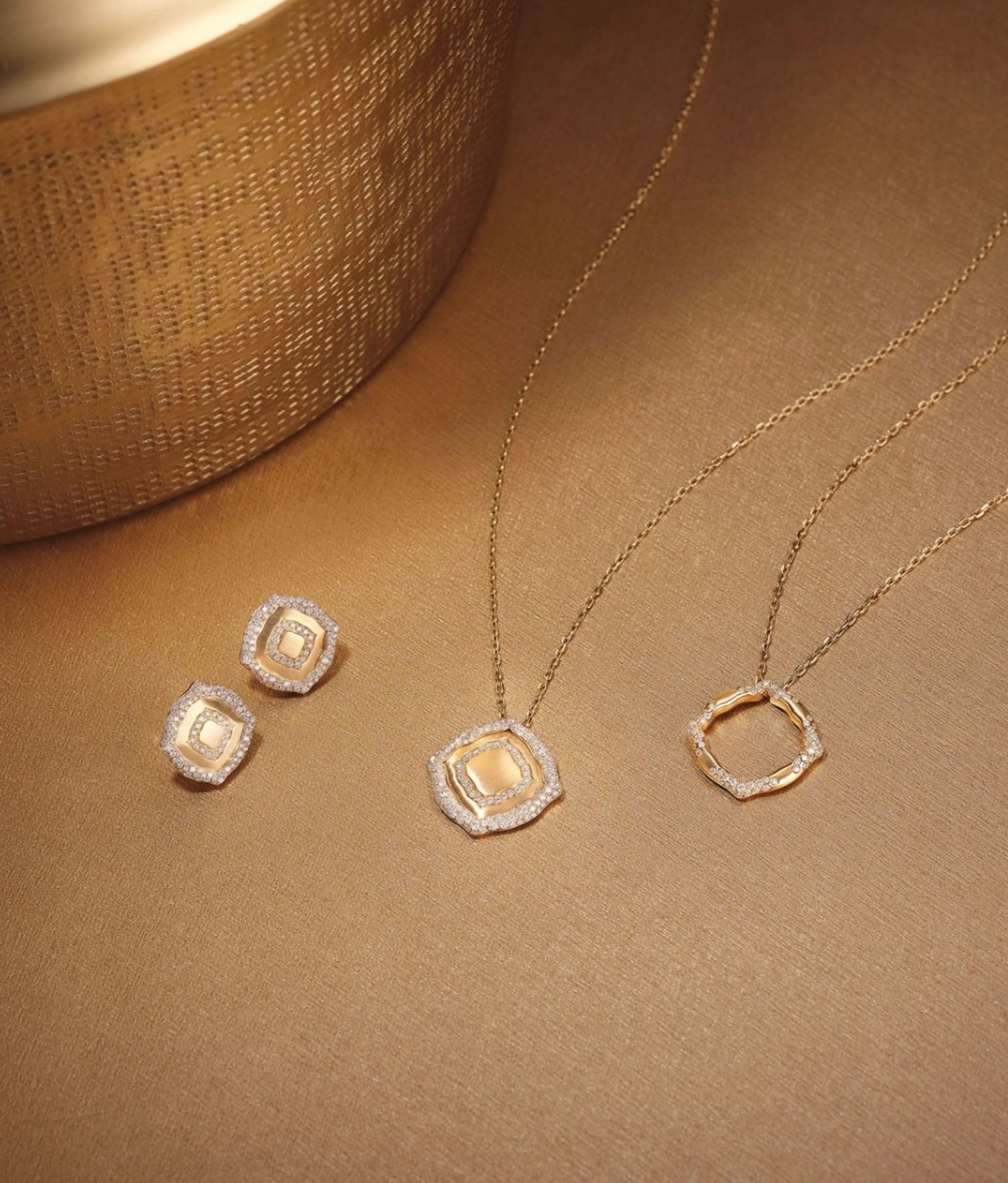
Pieces from The Nile Collection, inspired by Ancient Egypt.

The Nile Yellow Gold and Diamonds Fringe Earrings.
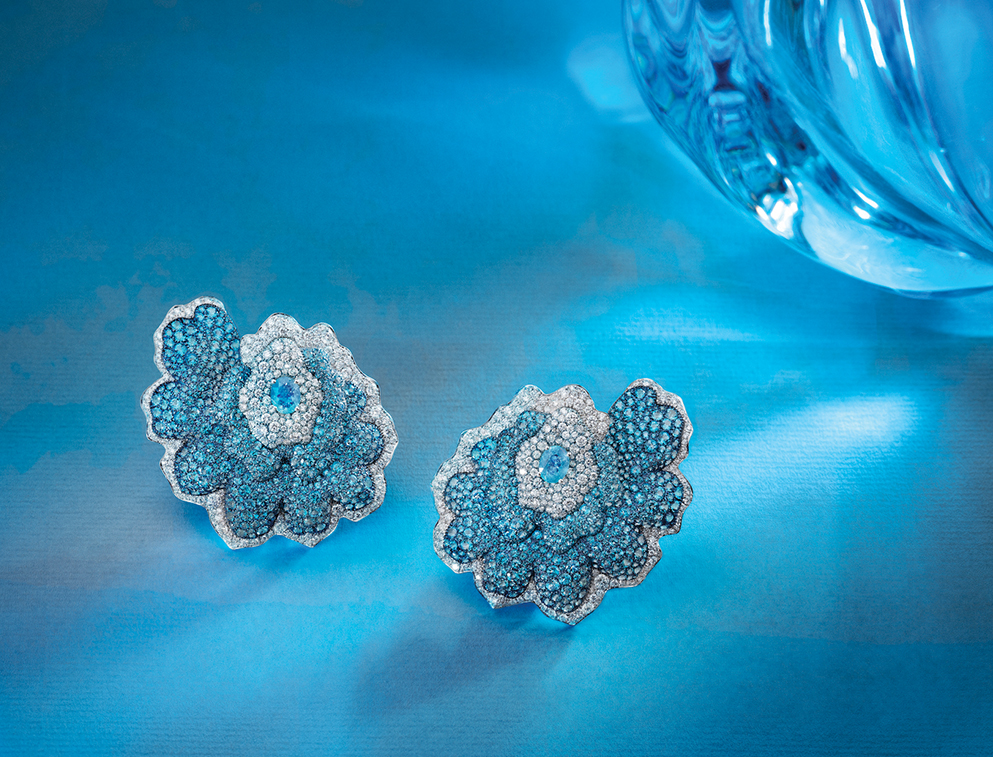
Enchanted Garden Titanium Paraiba Flower Earrings.

Legends of Africa Grand Bangle.
According to Vanleles Diamonds’ website, its “unparalleled belief in responsible mining” and commitment to the ethical sourcing of gemstones and precious metals has brought a new direction to the world of fine jewelry, one that is based in purposeful luxury and beauty.
“For my collections, and depending on which gems I need, I will mainly source them in Africa; Zambian for emeralds, Mozambique for rubies, tourmalines of all colors, Namibia for diamonds and Madagascar for pink and other multi-color sapphires,” Leles explained. “Most recently, Nigeria for blue sapphires. When I can, I travel to these locations personally to buy my gems, other times we work with suppliers that adhere to human rights policies and have strong corporate social responsibility.”
Vanleles Diamonds’ strong commitment to responsible mining and the African community is evident in its philanthropies, mainly the Malaika Foundation, a charity that seeks to empower Congolese girls and their communities through education and health programs.
“The funds we give go straight into these communities that so desperately need them, and in a very fast manner,” Leles says. “For Malaika, for instance, they only have one employee outside Congo, and no real estate rent, so the money is really going into the community and not to pay high salaries and rents in the West. We sponsor girls, and I can see tangible results directly. We chose charities that are small and the employees are on the ground.”
For an especially unique piece, Vanleles Diamonds offers bespoke consultations for custom made, handcrafted jewels. “The design process always starts with the client’s wishes.” Leles says. “During our meeting, I am able to capture their true desire, understand their lifestyle and then we embark on a unique journey to create something exceptional that will last generations to come.”
Finding friendship in diamonds allows Leles to focus on the most important things in her life — her family and business. “[I have] freedom of creations, where to source, how to send my message and freedom for being a mother of young children, I can work when I put them to bed and not miss many matches and activities,” Leles says. “But I certainly work longer and harder!”
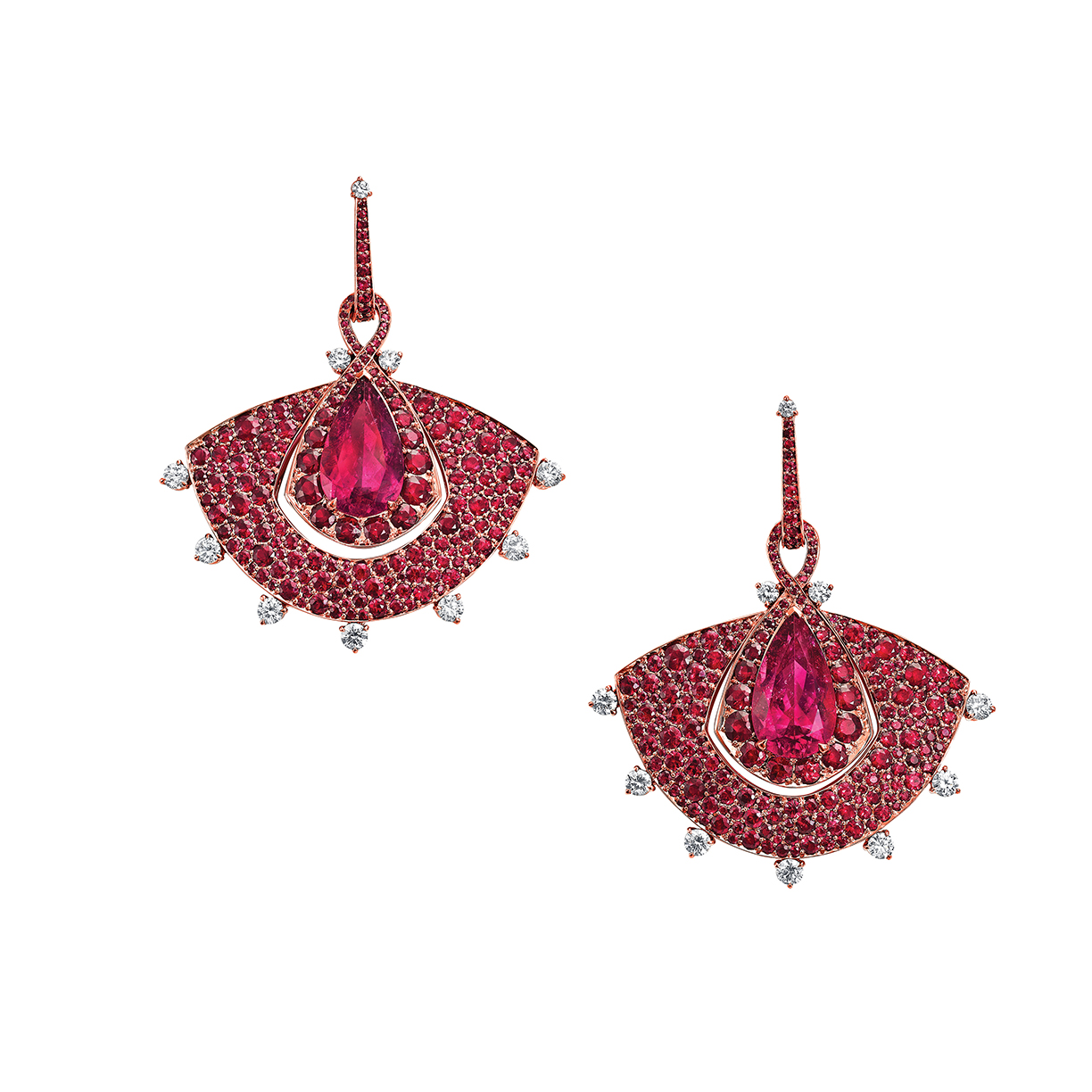
Above: Out of Africa Fan Earrings crafted in 18k Rose Gold with Mozambican responsibly sourced rubies and rubelites.
Below: Statement Cocktail Ring
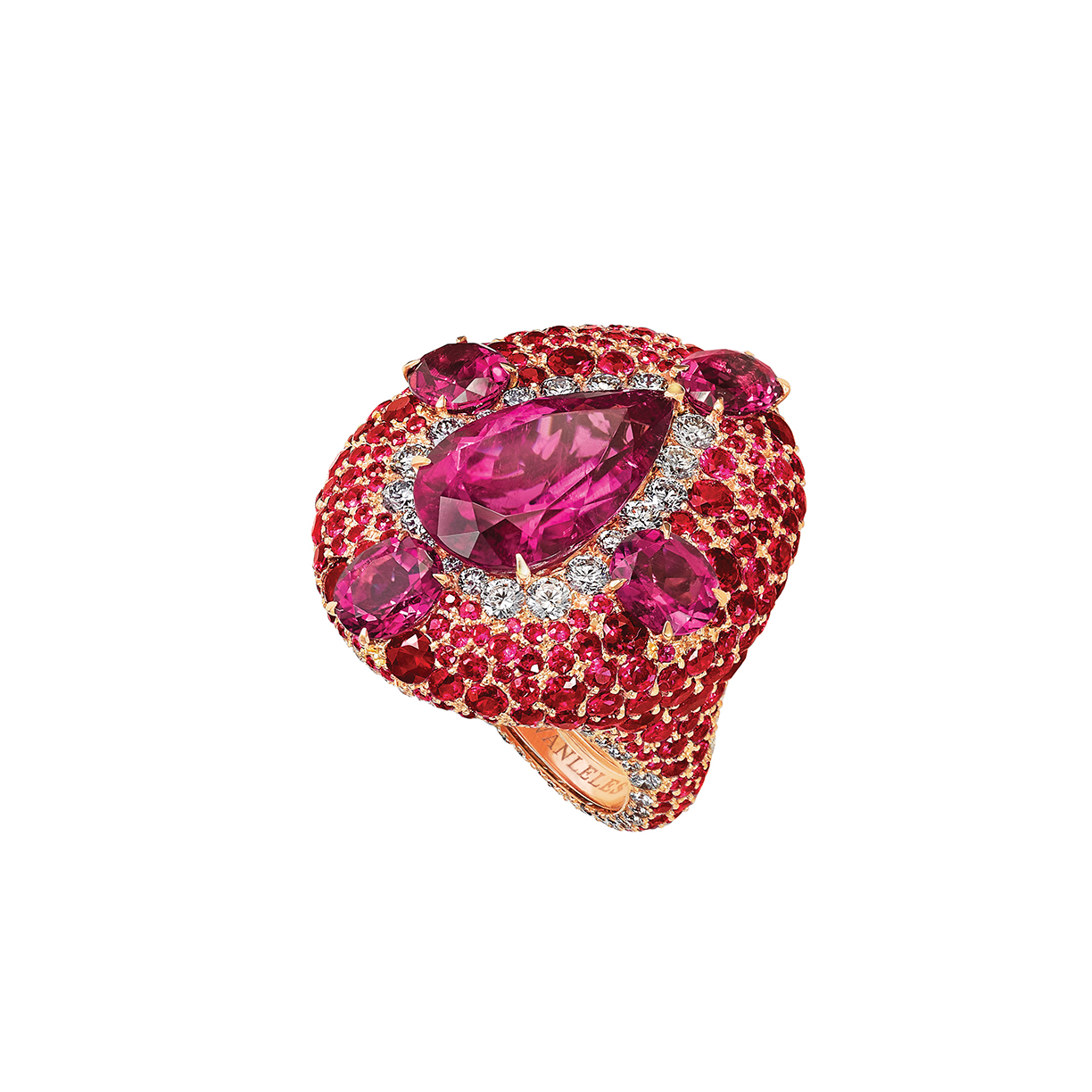
Culdesac will be the first neighborhood-scale community with zero residential parking, which will allow for more open spaces that can be used for socializing, events, and getting to know your neighbors.
Rendering by Opticos Design.
A five-minute city, car-free and golf cart centered communities are gaining momentum around the United States, from Port Aransas, Texas, to Tempe, Arizona.
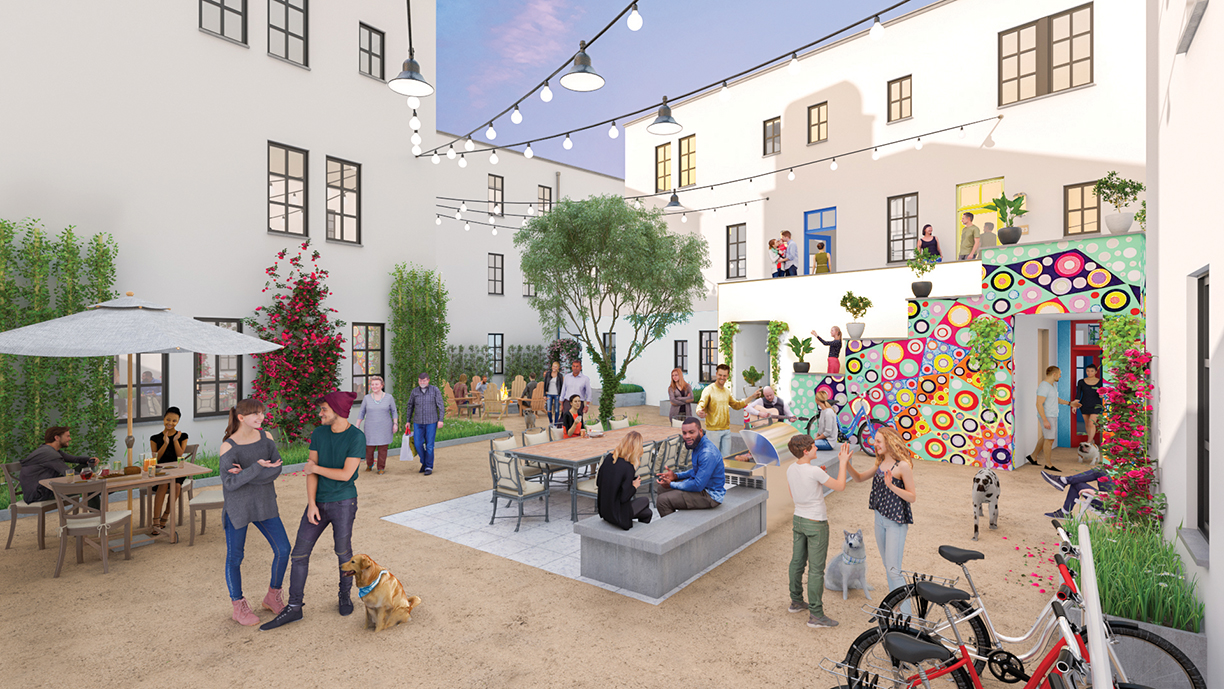
With plenty of extra outdoor space, Culdesac will hold over 150 events per year, including concerts, food trucks on the plaza, outdoor yoga classes, and more that guests can enjoy close to home.
Rendering by Opticos Design.
Automobiles have long been a symbol of freedom and advancement, making it easy to overlook the strain they put on our communities and the environment. Even smaller cities are battling noise and air pollution as the number of cars per household increases. Long commutes, congested traffic routes, parking fees, and pollution have all encouraged a whole new way of thinking when it comes to cars.
Culdesac, in Tempe, Arizona is the first car-free community in the United States that has been built from top to bottom around the idea that cities can be made better. “The vision has always remained the same — to build cities for people and not cars,” says Culdesac’s general manager, Lavanya Sunder. Space that is typically reserved for roads, parking lots, and individual parking has been completely rethought in this rental apartment community. Parking lots and garages have been replaced with wide-open spaces that offer everything from fire pits and hammocks to water features and inviting courtyards.
Tempe, Arizona, offered the ideal canvas for a project like Culdesac. “We chose Tempe for its thriving job market, proximity to transportation, and forward-thinking, action-oriented local government,” says Sunder. These are among the added benefits when considering a car-free community.
“By removing parking lots, we were able to see all of the possibilities, twice the retail, triple the open space, and 55-percent landscape coverage, compared to less than 20 percent from comparable developments,” notes Sunder.
The community was designed as a five-minute city, meaning everything residents might need is within reach and life is at your front door. “Homes at Culdesac all open up to vibrant shared courtyards, versus impersonal hallways in traditional apartment complexes,” says Sunder. Seemingly small details such as this contribute to the overall atmosphere that is created when a place urges its residents to slow down. “Community is a key component of Culdesac. Culdesac will have over 150 events per year, including concerts, food trucks on the plaza, outdoor yoga classes, and more.”
Communities such as Culdesac are finding that residents are drawn to the idea of knowing their neighbors again. A notion that hasn’t been overlooked in other communities around the United States. Port Aransas, Texas, is a beautiful beach destination that is like traveling back in time. The eclectic atmosphere is entirely accessible by golf carts, including the 18 miles of beach, with spacious boardwalks that accommodate the carts and encourage foot traffic. The use of golf carts decreases traffic, noise and pollution, and creates a very relaxed pace around the island. Cinnamon Shore, the 1,000-acre, master-planned beachfront community is very walkable and designed with families in mind who want to enjoy the small-town feel in Port Aransas.
A private luxury community, Haig Point, on the northern end of Daufuskie Island in South Carolina is only accessible by ferry, and the island is almost entirely car-free. Residents and guests never have to worry about traffic, stopping for gas, or finding a parking space, as the island runs mainly on golf carts. Similarly, Fire Island, across the Great South Bay from Long Island, New York, is another popular summer retreat that functions smoothly without cars. Bikes, golf carts, and jet skis are the best way to experience the Fire Island’s top-tier accommodations.
According to the Bureau of Transportation Statistics, “the mean number of vehicles in households is 1.9 personal vehicles…. Thus, it appears that households on average have more vehicles than drivers.” American cities, from New York to San Francisco, are struggling to provide enough space to merely park all of these vehicles, nevermind drive them.
Our personal space, green space, shared space, and even sidewalks have decreased significantly over the years as the need to accommodate a growing number of automobiles increases.
Communities such as Culdesac are hoping it is time for the urban form to be rethought and upgraded. “We also will have an “Extend Your Home On-Demand” Program,” says Sunder.

Communities such as Cinnamon Shore in Port Aransas, Texas, are embracing the idea that guests want a slower pace without sacrificing accessibility.
©istockphoto.com / IR_Stone

Car-free and golf cart centered communities are designed for those looking to reconnect with the outdoors and spend less time stuck in traffic.
©istockphoto.com / 300dpi
“Residents will have access to a variety of bookable spaces to allow them to expand and contract their home as needed.” A modern way of living has melded with the traditional idea of small-town communities. “Culdesac will have bookable guest suites, podcast studios, hosting spaces, and day-use office spaces to allow your home to adjust to your needs,” Sunder explains. “Why pay for a guest room 365 days a year, when you only use it a few times a month?”
Forever shifting to accommodate the residents’ needs, a car-free community like Culdesac is ideal for many people, even during these changing times amidst a pandemic. “The idea of life at your front door makes Culdesac Tempe a place that a variety of people with different needs are interested in — young professionals, students, families, remote workers, retirees, empty nesters, et cetera,” says Sunder. More spacious apartments and public workspace are functional for those residents who are working remotely, as they also don’t have to worry about commuting into an office every day. Since the pandemic, “we’ve seen increased interest from folks particularly from New York and San Francisco, and 50 percent of our waitlist are people coming from outside Arizona,” notes Sunder.
Cover image: ©istockphoto.com / Rost-9D
In the male-dominated field of architecture, women struggle to overcome institutionalized barriers to gender equity.
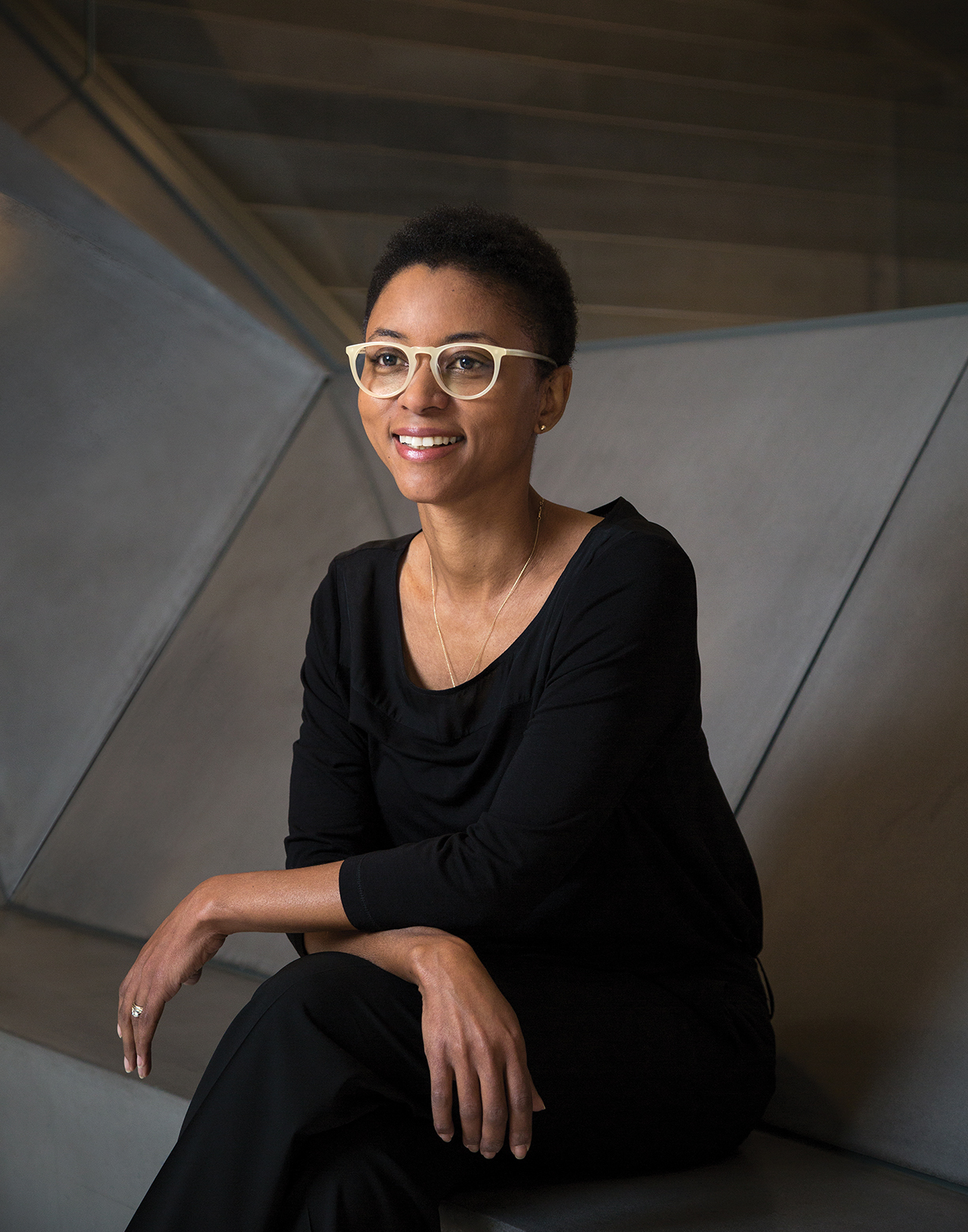
At her eponymous New York City studio, architect Nina Cooke John creates sophisticated spaces through “high-impact” residential architecture.
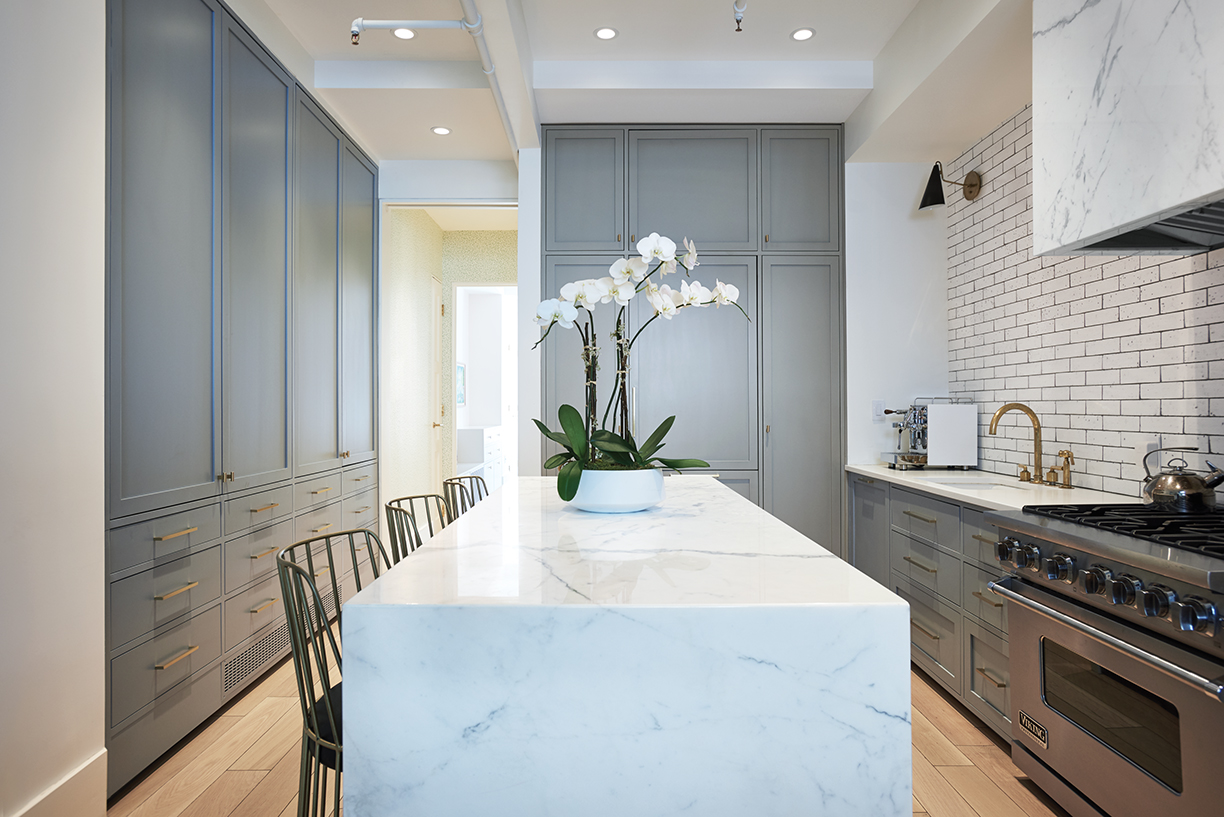
Nina Cooke John photo by Ball & Albanese; Below photo by Lisa Russman Photography.
Courtrooms are increasingly occupied by women attorneys and even judges, and world-class hospitals have no shortage of women physicians. But, regrettably, the profession of architecture remains nearly as male-dominated as the halls of the U.S. Senate or Fortune 500 boardrooms. In a field that demands both artistic achievement and construction expertise, gender equity has been painstakingly slow.
There are certainly some bona fide celebrity women architects, such as Jeanne Gang who is dramatically redefining the skyscraper, and Elizabeth Diller whose firm of Diller Scofidio + Renfro created The High Line in New York and The Broad in Los Angeles. They follow Zaha Hadid, the trailblazing Pritzker Prize-winning designer who passed in 2016. The prominence of these women has inspired a new generation of female architects, but that path is still laden with roadblocks.
Despina Stratigakos, Ph.D., vice provost for inclusive excellence and professor of architecture at the University at Buffalo, states, “Architecture is a male-dominated profession by design,” and explains that there was strong pushback when women first started entering the field 140 years ago. “The justifications given then for excluding them from practice, revolving around women’s negative ‘feminine’ influences, became embedded as core values of the professional culture,” says the professor, who reports that a deep-seated bias against women’s abilities continues today.
Stratigakos’ 2016 book, Where Are the Women Architects? was partly inspired by the emergence of a new movement seeking greater gender equity in the profession. “I wanted to raise awareness of this long-standing question and of the voices of activists pushing for answers today,” she explains. “Women have long advocated for greater diversity in architecture, but too often have been ignored by the profession’s leaders,” says Stratigakos.
The professor cites statistics that reflect approximate gender parity among students enrolled in accredited architecture programs in the U.S. but that is not, however, indicative of women’s advancement in the profession after graduation. “Although the gap has shrunk between the numbers of men and women studying architecture, racial and ethnic disparities are slower to change,” adds Stratigakos, who notes that Black women are sorely underrepresented in architecture schools.
While challenges for women of color can be dispiriting, voices like Nina Cooke John provide inspiration for those entering the field. The Jamaican-born architect, whose New York-based Studio Cooke John specializes in “high-impact” residential architecture — she explains the concept as maximizing and customizing every square inch of the spaces she describes as “machines for living” — and public art.
Cooke John, whose impressive resume includes degrees from Cornell and Columbia, was included in Dwell magazine’s “13 Extraordinary Women in Design and Architecture You Need to Know.” Following faculty positions at Syracuse University and Parsons School of Design, she has returned to Columbia to teach architecture, making the professor well suited to counseling young women entering the field. Informed by her experience as one of the few Black women in her class at Cornell, she advises, “It’s important to speak out and create your own community because support is paramount to your success.” She suggests that if students who feel isolated cannot find that support on campus, they should reach out to practitioners or minority-based professional associations for mentorship.
After practicing and teaching extensively, Cooke John created her own firm with another woman architect — both mothers of young children who appreciated the flexibility most large firms could not provide — and eventually went solo. She reports, “For many women, it’s about finding your voice and creating an environment that’s difficult to find in a male-dominated firm.” Suggesting women tend to approach the profession differently, Cooke John reports, “When women interact with clients, it’s not so often about ego but listening to the clients and responding to their needs.”
“We interact with the built environment constantly, and while some people view it as in the background, it’s really the foreground of everything we do,” says Cooke John, who adds, “When people engage with one another in public spaces, community-building is much stronger.” Her foray into public art installations further advances her philosophy of placemaking, which transforms relationships between people and the human-made environment.
Julia Gamolina is director of strategy at Trahan Architects, an international firm with offices in New Orleans and New York, whose portfolio includes prominent educational, sports and performing arts venues. She is also founder and editor-in-chief of Madame Architect, an online magazine that celebrates the achievements of women in the field and serves as a digital mentor to young professionals. Explaining that challenges for women are exacerbated by influences beyond their own architectural firms’ cultures, Gamolina observes, “Most professions dealing with the built environment, such as commercial real estate, construction and engineering, tend to be even more male-dominated than architecture.”
The editor of Madame Architect not only laments the lack of gender equity in her industry, but suggests progress is unlikely to be swift. “It’s slow to change because architecture itself takes a long time, from financing and government approvals to design and construction,” explains Gamolina, another accomplished Cornell alumna. She reports the numbers of women in leadership positions is more anemic than overall female participation in the industry, but notes some women start their own firms after becoming mothers.
Other women, reports Gamolina, drop out of the rigorous profession when they have their first child because employers do not offer sufficient flexibility. “It’s not a motherhood problem at all,” insists the architect and journalist, who maintains that lack of flexibility applies equally to fathers and even caretakers of elderly parents. One potential dividend from the pandemic was the recognition by employers that staff can be fully productive working outside the office.
Gamolina believes young women need to understand there are exciting roles awaiting them in architecture beyond design itself, and points to her own director of strategy position at Trahan Architects. “Madame Architect showcases all the career possibilities within the field,” she explains, citing specialties in administration, communications and marketing.
Rosa Sheng is a principal at SmithGroup, whose 15 offices create cultural centers, master-planned cities and mixed-use projects around the globe. Sheng also serves as her firm’s director of justice, equity, diversity, and inclusion, and is founding chair of the Equity by Design Committee created by the San Francisco chapter of the American Institute of Architects (AIA).
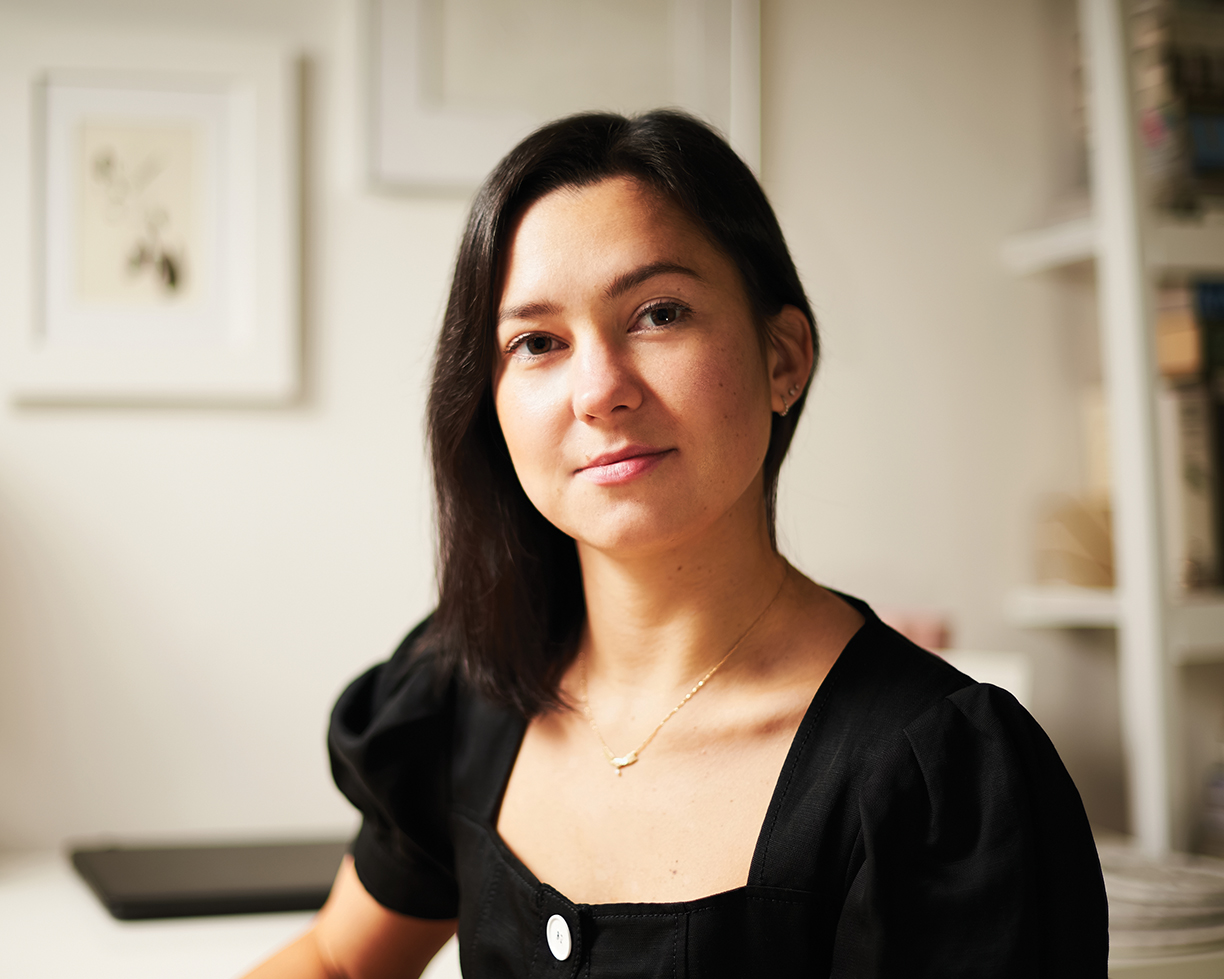
Julia Gamolina is director of strategy for Trahan Architects — the Coca-Cola Stage at Atlanta’s Alliance Theatre is a signature project — and is also editor-in-chief of Madame Architect.
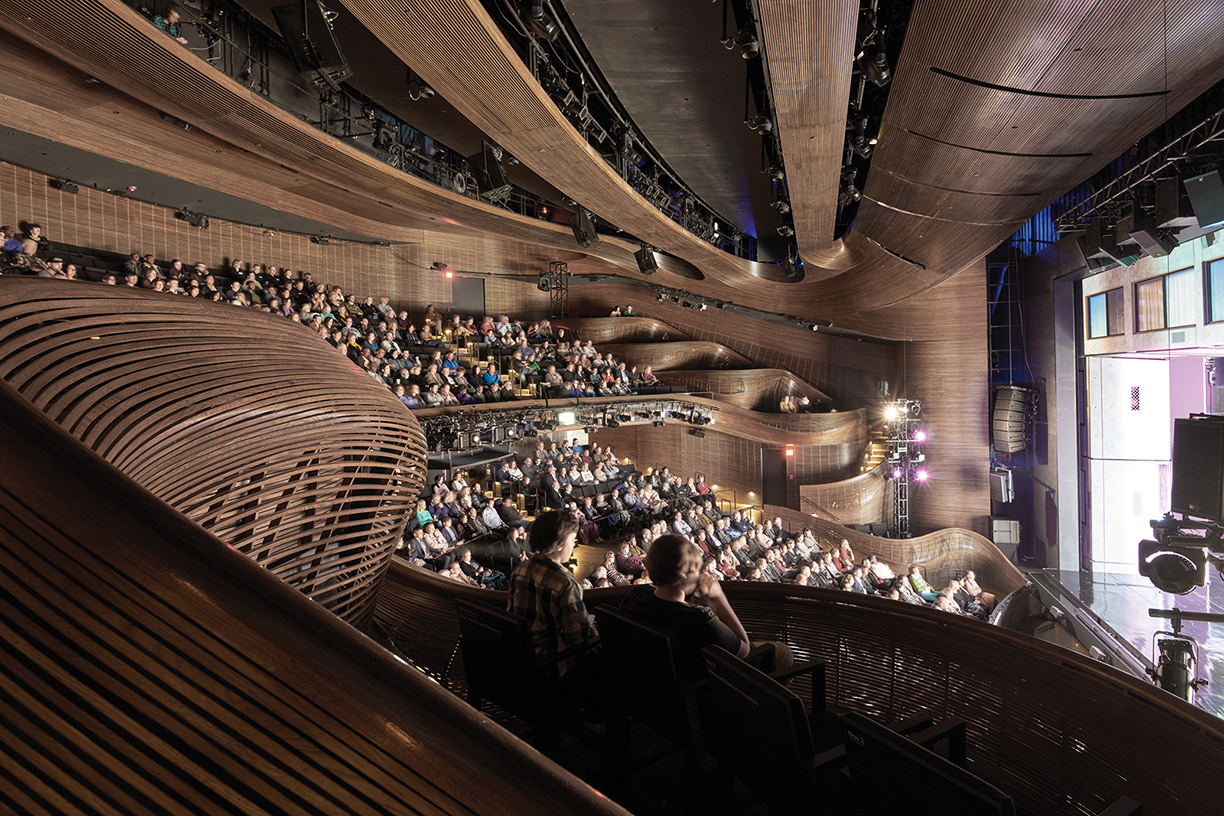
Photo of Julie Gamolina by Lily Olsen; Theater photo by Leonid Furmansky.
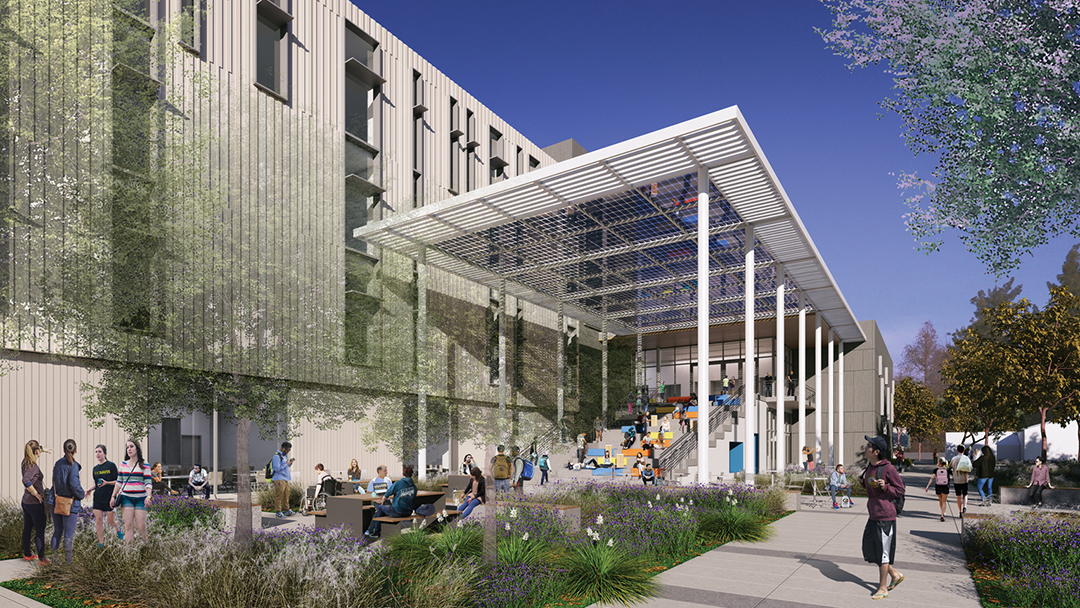

Equity by Design has conducted three pivotal research studies with the most recent, in 2018, involving a survey of more than 14,000 architecture school graduates. For Sheng, therefore, anecdotal stories from her colleagues are supported by hard data. Her research reveals several “pinch points” in the careers of women architects: pathways to licensure, access and opportunities to leadership positions, caregiving navigation/reconciliation, and pay equity for similar roles or positions. Her committee’s early work focused on the “missing 32 percent,” referring to the attrition rate between women architecture school graduates and those who became licensed.
After giving birth to her second child during the Great Recession, Sheng was experiencing one of those pinch points. “I felt like I couldn’t be a good parent or a good architect,” she recalls defeatedly, and adds, “People say there are barriers, but you don’t believe it until you experience them.” In challenging times, women leave the profession, something Sheng herself considered even after years of success. But her work with Equity by Design has provided a new purpose to complement her passion for the discipline. “It’s that feeling of being swept away by the excitement, like, ‘Wow! There’s something here we can influence and help to change,’” explains the activist architect.
Sheng reports, “In addition to Equity by Design, there are many more women in architecture leading efforts to share experiences, celebrate achievements for justice and equity in the profession, and inspiring a more diverse demographic of architectural practitioners.” She cites organizations like 400 Forward, a nonprofit that inspires women of color to become architects.
“Your success will not be determined by your gender or your ethnicity, but only on the scope of your dreams and your hard work to achieve them.” This is not just any motivational trope, but the words of the great Zaha Hadid, who overcame challenges on both fronts.
Rosa Sheng, a principal at SmithGroup — the UC Davis Teaching and Learning Complex is a recent project — was founding chair of the Equity by Design Committee.
Photo by Scott R. Kline; Building renderings courtesy of SMITHGROUP.
Cover photo by Scott Selzer.
Customized pergolas bring the best of the indoors out — whether used as an airy yoga studio, home theater, or al fresco living space.
The pergola, an outdoor structure with support beams and a decorative roof design, is a great way to extend living space and increase the amount of time spent outdoors. Providing shade on a hot day, pergolas are traditionally associated with entertaining in the spring, summer or fall. Now, one company’s personalized, high-tech pergola with a fire pit, hanging heaters, and retractable, vinyl screens can extend the outdoor season into Northern winters as well.
StruXure creates custom exterior pergolas with wind, rain, snow, and freeze sensors that automatically activate the pergola to open, close, pivot, and slide. CEO and Chief Product Architect Scott Selzer was a middle school teacher working part time in construction, until he discovered a niche market in the construction industry — the pivoting louvered-roof structure that could be controlled and customized by its users.
The system can be operated through voice commands by integrating technology such as Amazon’s Alexa and Google Assistant. “You’re in control of the weather instead of the weather being in control of you,” Selzer says.
When the weather is warm, the screens will open to allow fresh air to fill the space. The louvers pivot 170 degrees; open and close the louvers as the sun shifts in the sky to ensure maximum comfort.
“Bringing the indoors out can change the way you live,” Selzer says. “The Pergola X and Cabana X serve as an extension of the home, making it possible to spend more of your life outdoors.”
“To me, a pergola is a really cool, personal space,” Seltzer adds. “I’ll go under my Pergola X with my laptop and it’s a great place to get work done.”
Made from fully extruded aluminum, the structure can be used as a home office, outdoor kitchen, workout area, or an additional living or dining space. Selzer has even created an outdoor home theater, complete with motorized screens, an integrated projector, and stadium seating. “I’ve seen it all,” he says. “If you can think it, you can do it.”
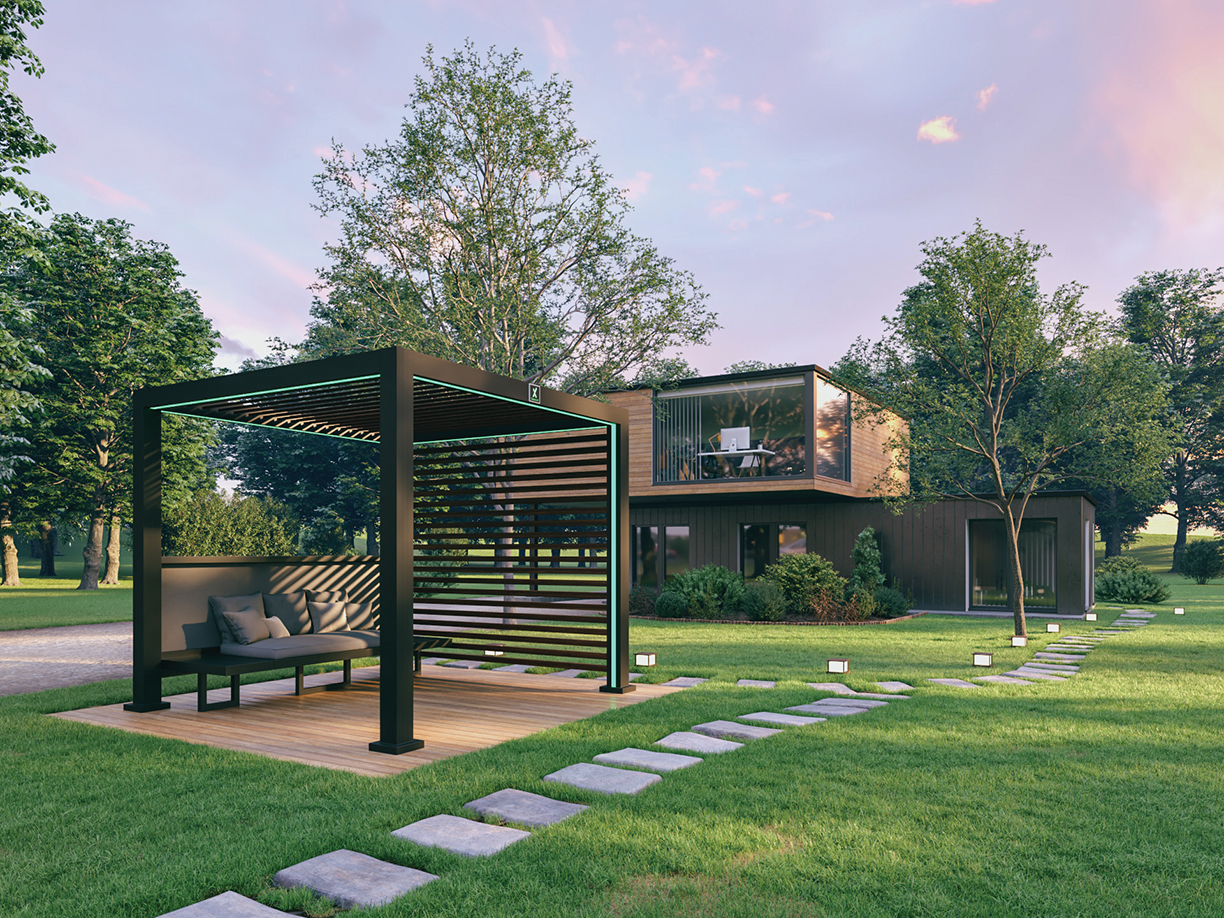
The Cabana X is a freestanding structure that can be taken down at any time and does not need to be professionally installed.
Photo courtesy of Cabana X.
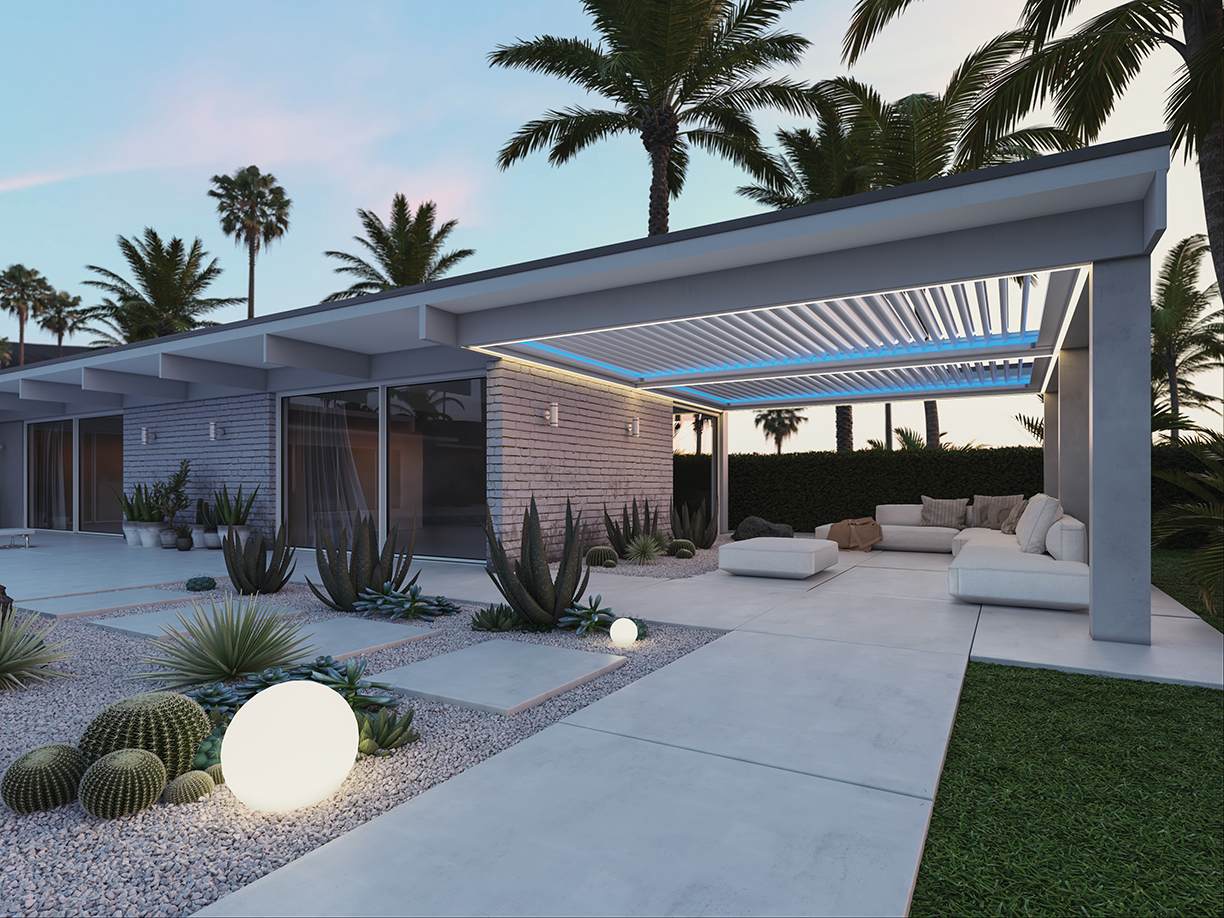
The TraX system allows shades, screens, and lights to be seamlessly integrated into the anatomy of the pergola.
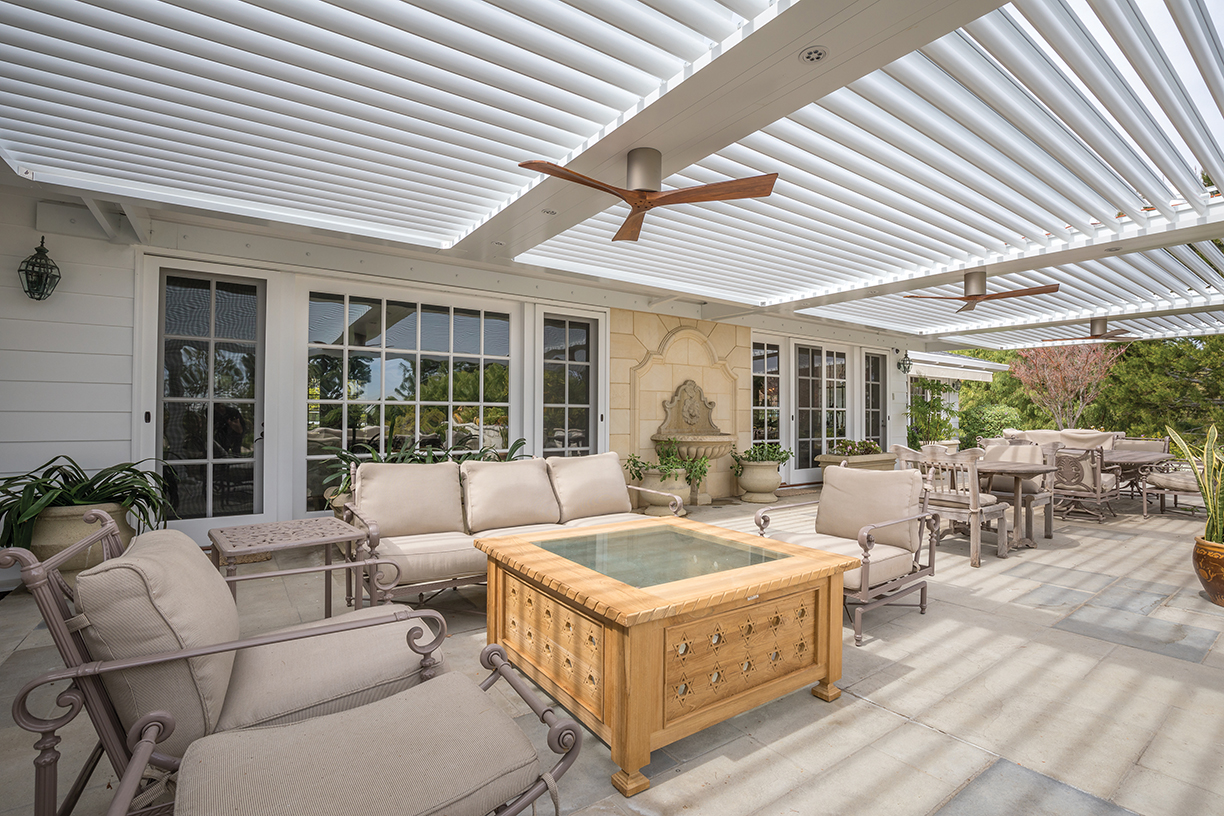
From small patios to large decks, the Pergola X can be a great addition to any outdoor space. This structure was built to open, close, pivot, and slide at the touch of a button.
Photos by Shaye Price.
The TraX system allows shades, screens, and lights to be seamlessly integrated into the anatomy of the pergola. Clients can incorporate curtains, speakers, and ceiling fans as well.
Pergolas can be customized to match any architectural style to ensure the structure will blend effortlessly with the rest of the property. Add corbel ends for a more traditional look, or wrap the columns with rough cut cedar for a rustic, woodsy design.
“By itself, the pergolas look super modern, but you can really customize the product to look like it fits right into any aesthetic,” says Selzer.
When asked what advice he’d offer first-time buyers, Selzer says, “I would challenge homeowners, designers, and architects to think about how the structure will function in the backyard and how the homeowner will live in and use the space. Before the structure is built, consider the accessories that you’ll want — such as motorized screens, heaters, and misting systems. Then, uniquely design the pergola to meet those needs.”

Photo by Rick Chaffiotte Photography.
Interior Designer Marissa Stokes aims for designs that are classic and timeless. And says don’t overlook the ceiling.
For designer Marissa Stokes, home has been a variety of places. Home was growing up in New Jersey, where creative parents and a need for change led to an intense love for interior design at a young age. Home was also New York, where she earned a degree from Parsons School of Design and worked her first jobs at elite design firms, including David Kleinberg Design Associates, Victoria Hagan Interiors and Jayne Design Studio. And now as an accomplished designer, home is more than just a place — it’s every threshold she passes, every piece of furniture she chooses, every decision she makes in order to help craft the perfect space for her clients. We spoke with Stokes about her experiences in the industry and how her love of interior design has transformed her career so far.
How do you think living in New York affected your design style and preferences?
You’re just exposed to so many amazing things, being in and around New York City. The architecture alone, having incredible museums at your fingertips. I also went to school in NYC; I think that was an incredible experience, but also had a huge influence on my design aesthetic, just having everything at your fingertips, between different cultures, food, architecture. I feel fortunate to have lived there and so close to there still now. I love New York City.
When was the first time that you ever thought about working in design?
I really have always wanted to be an interior designer from a very young age.… I think it’s because my parents are both very creative people, always doing things to improve our home.… My dad made furniture, we even had a woodshop in our basement. I just had this love for transforming spaces and the process, and I just fell into it very naturally.
Did you learn wood craftsmanship yourself?
Yes! I had all the tools at my fingertips in the shop, and I am still able to use them now, a bandsaw, a tablesaw, et cetera. We also had a sewing machine, so I grew up sewing at a young age — we’d be making window treatments and pillows. I was always transforming my personal space, shifting things around, changing them or painting them. Making them look different. It was just something I always loved to do, and still love it.
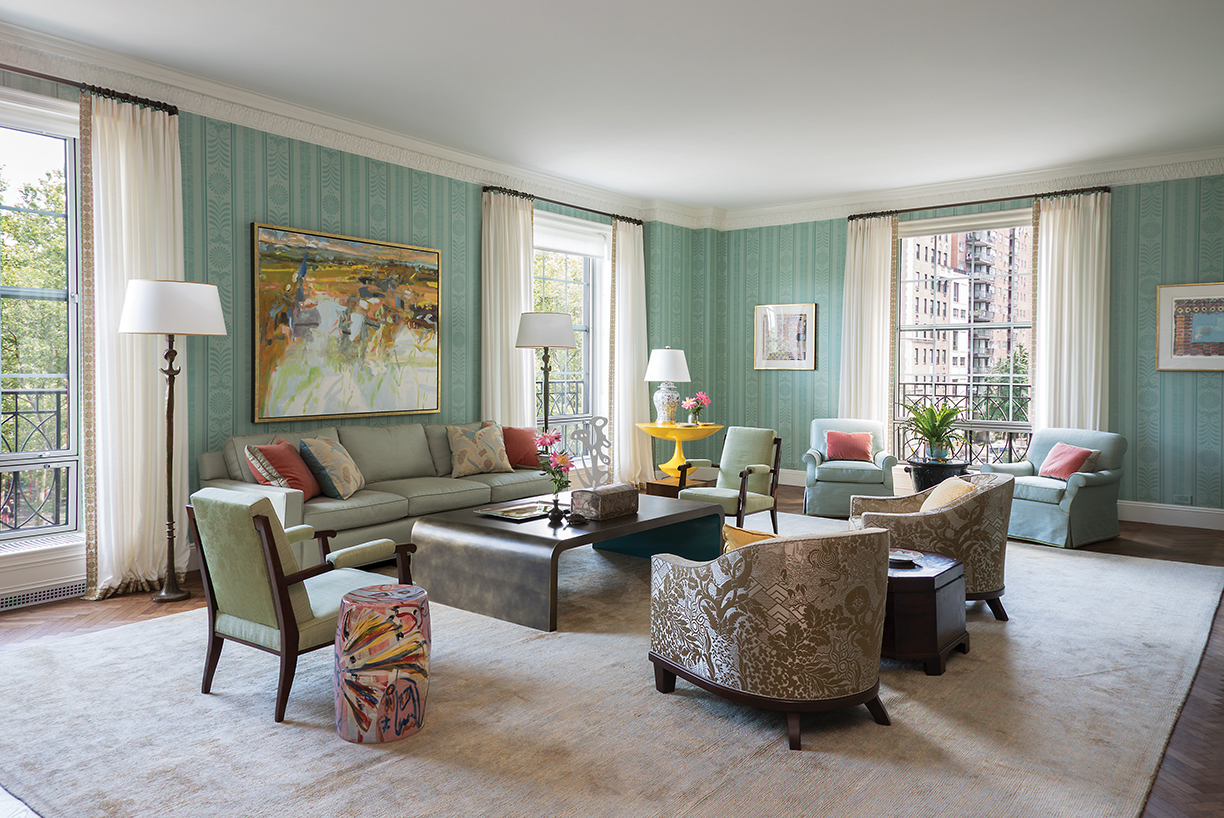
A bright living room situated in an Upper East Side apartment.
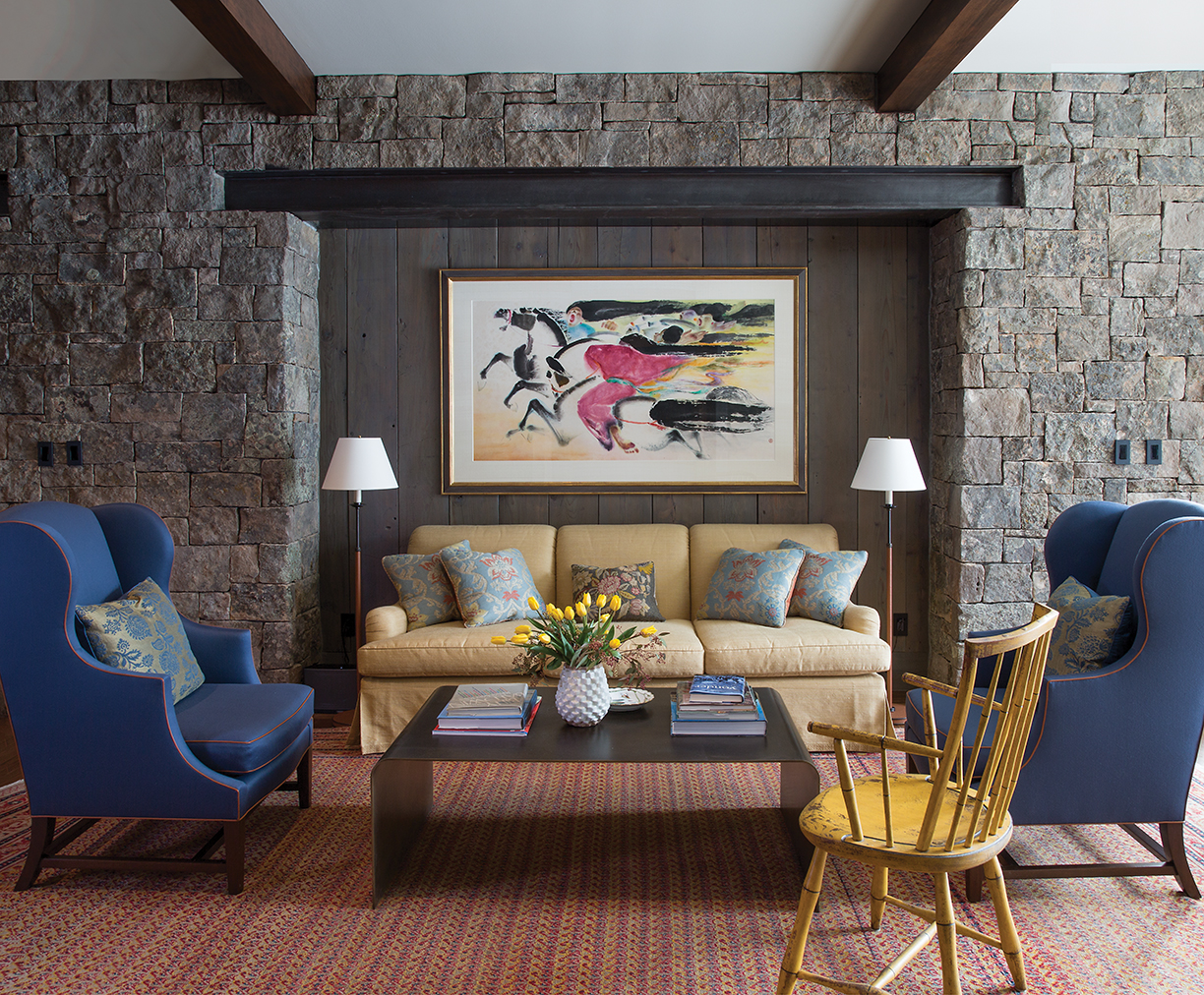
The corner of a library in a Montana lodge.
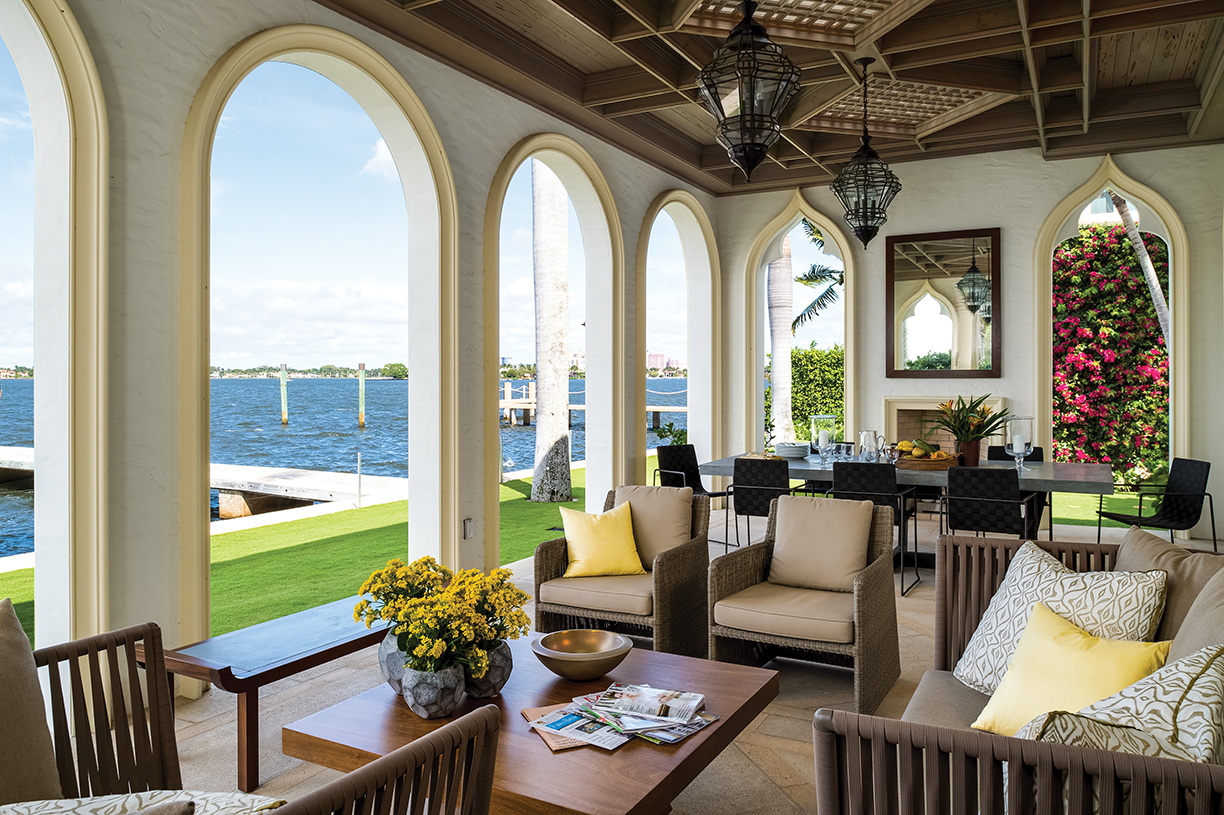
A Mediterranean Revival home on the Intracoastal in Palm Beach.
Above photos courtesy of Jayne Design Studio.
Why do you do what you do, what about art and design draws you into doing it every day?
I love making people’s dreams come true. There’s something so rewarding about helping a client transform their space so it’s not only functional, but beautiful. In terms of art and design, there’s so many artists and creatives out there who are doing incredible work, and I’m being exposed to them, just learning and growing. It’s another reason why I love what I do. Every day is different and I just love that.
Are there any activities outside of work that help inspire you or your work?
Outside of work, I’m always trying to get out in nature, go for a walk or hike — nature is always inspiring. I feel like I can always pull things from that. I love to travel as well, even though it’s been a bit difficult to do so.
Where’s somewhere you love or would love to go?
My dream place I’d love to go is Greece. It really offers everything. It has ancient and historical sights, of course, but also beautiful landscapes and amazing food.
What has been your favorite project to do?
I worked on a project for Jayne Design Studio in Palm Beach. It was my first project as a senior designer for the firm. It’s a Venetian-inspired home on the Intracoastal. The clients were art collectors who wanted to enjoy the views and display their art. We designed and decorated a home that was quiet, clean and sophisticated to balance their collection and the architecture. I loved the home, its location and the clients. I will always have a soft spot for it.
When it comes to designing, what is the most important element you have to remember?
Well one thing that tends to be overlooked, I think, is the ceiling. It’s very important to design from top to bottom, to think about ceiling work, a lighting plan, and overall how it’s treated and how it affects the space.
Is there a piece of art in your own home that you would never consider selling?
Everything is here for a reason, so not one specific piece.
It’s always important to surround yourself with things you love, even if it’s a bit eclectic, surround yourself with furniture and art that you love. When you do that, things just kind of work together. There’s no standard.
What do you want people to take away when they look at your work?
I want people to find it classic and timeless, something that could last forever. I don’t want someone to walk into a space and instantly date it. I want the clients to be comfortable in their home for a long time. Keep things sophisticated.
What advice would you give to someone going into design?
Don’t be afraid to roll up your sleeves, you have to wear a lot of hats in this industry. Maybe start with an internship, but, all in all, do whatever you need to do to learn.
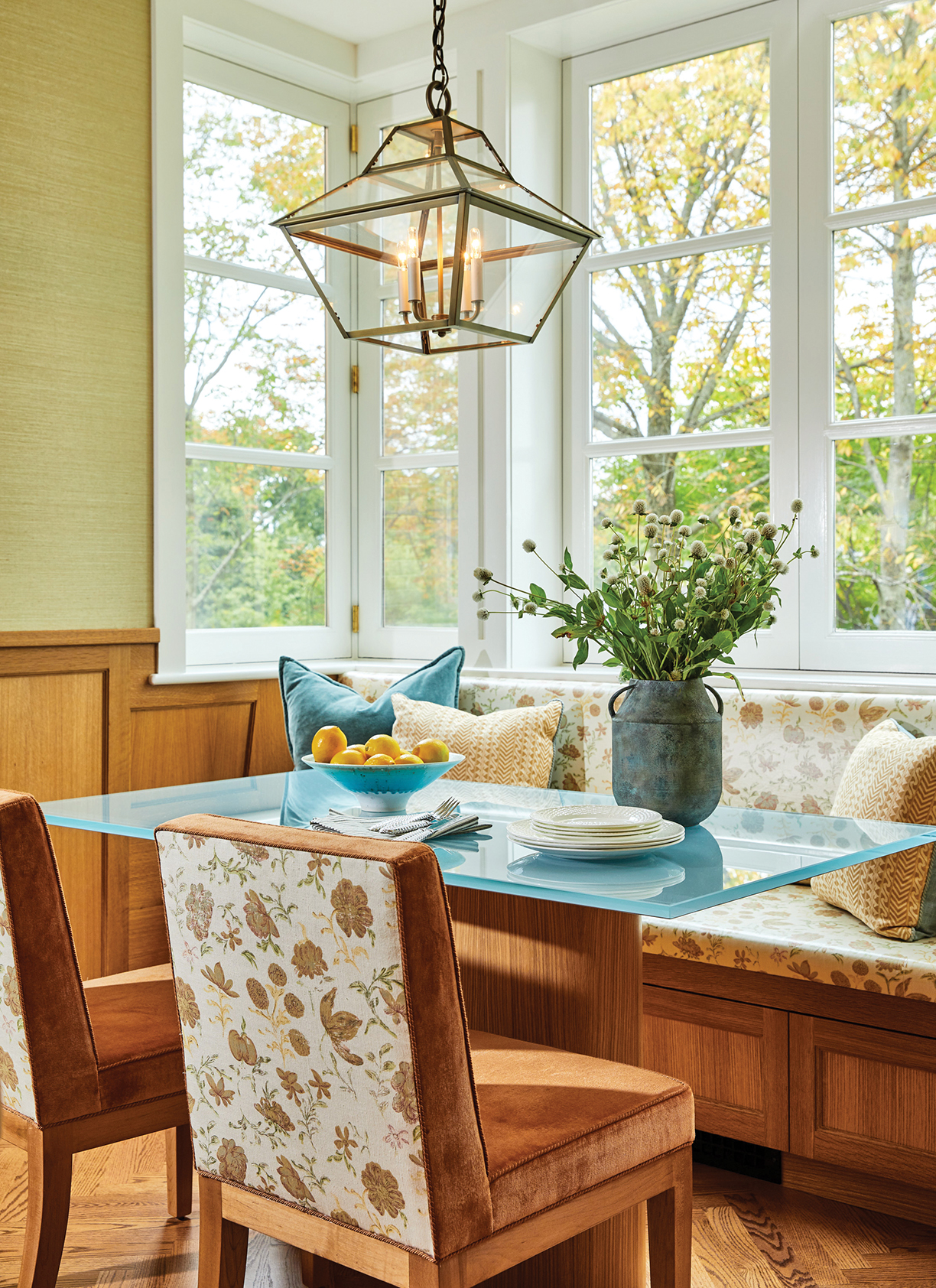
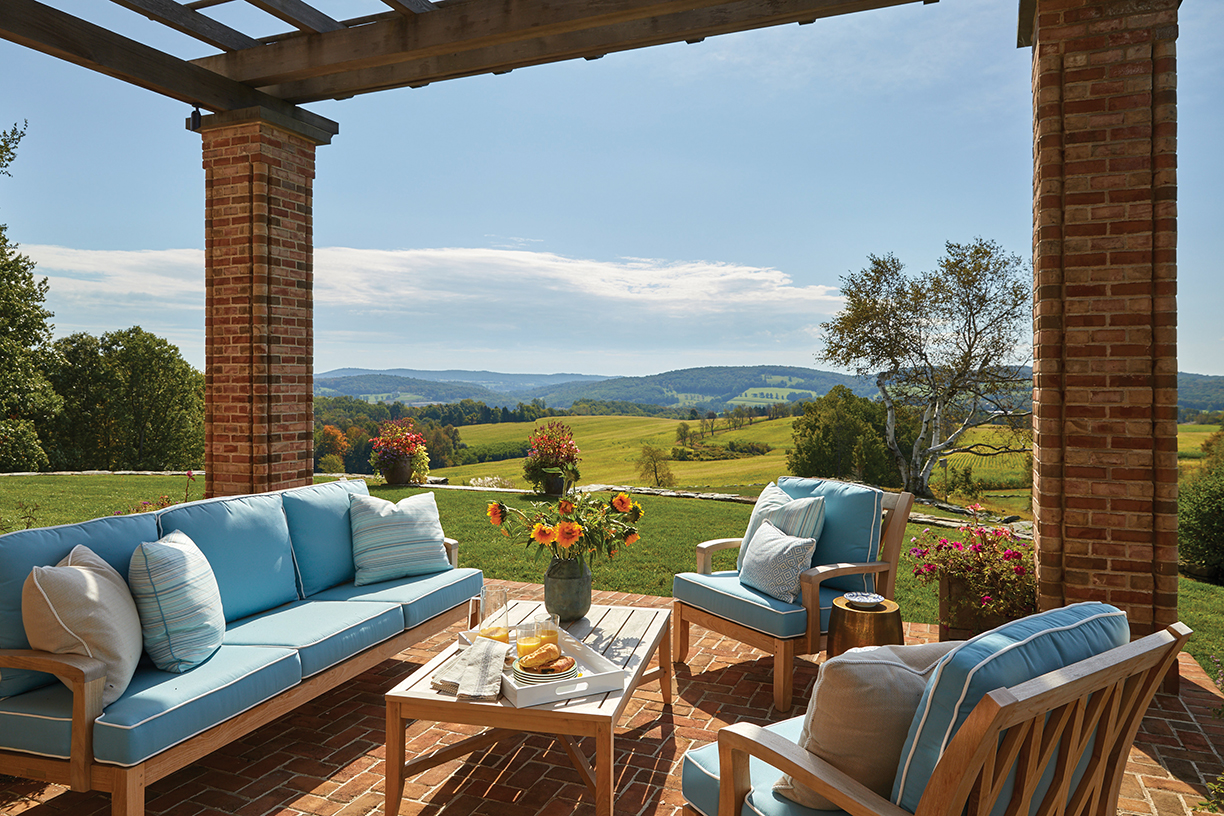
At left: A cozy breakfast room nook with a custom-designed banquette. Photo by Aaron Thompson.
Above: An outdoor terrace overlooks Dutchess County. Photo by Aaron Thompson.
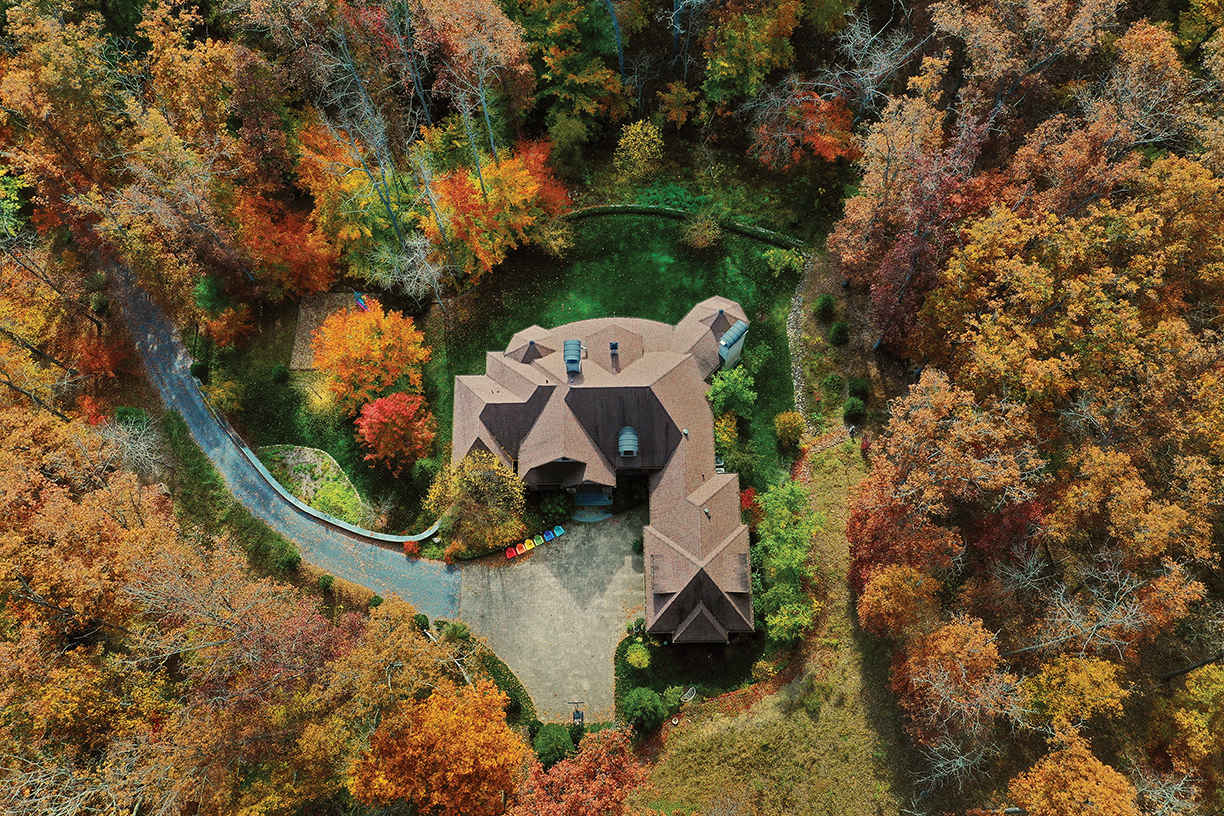
This exceptionally stylish and elegant home is in a private 6.8-acre wooded setting in Lewisburg, West Virginia, just minutes from downtown and the world-famous Greenbrier Resort.
“It has great quality and character, while maintaining the ease of a comfortable lifestyle,” says listing agent Paul Grist of Grist Real Estate Associates Inc. who is listing the property with Donna Stoner for $1.625 million
Its many noteworthy features include a living room with a 23-foot cathedral ceiling, four gas fireplaces, a large gourmet kitchen with an adjacent screened dining porch, five bedroom suites, a wine cellar, a dry sauna, and three-bay garage.
“The lower level family room features a stone fireplace and large windows, perfect for viewing the private wooded surrounding,” says Grist.
For more information, contact:
Grist Real Estate Associates, Inc.
Paul Grist, Broker — 304.661.6543
Donna Stoner, GRI, Agent — 304.646.6454
695 Jefferson Street, South Lewisburg, WV 24901
304.645.5000
www.GristRealEstate.com/LUX
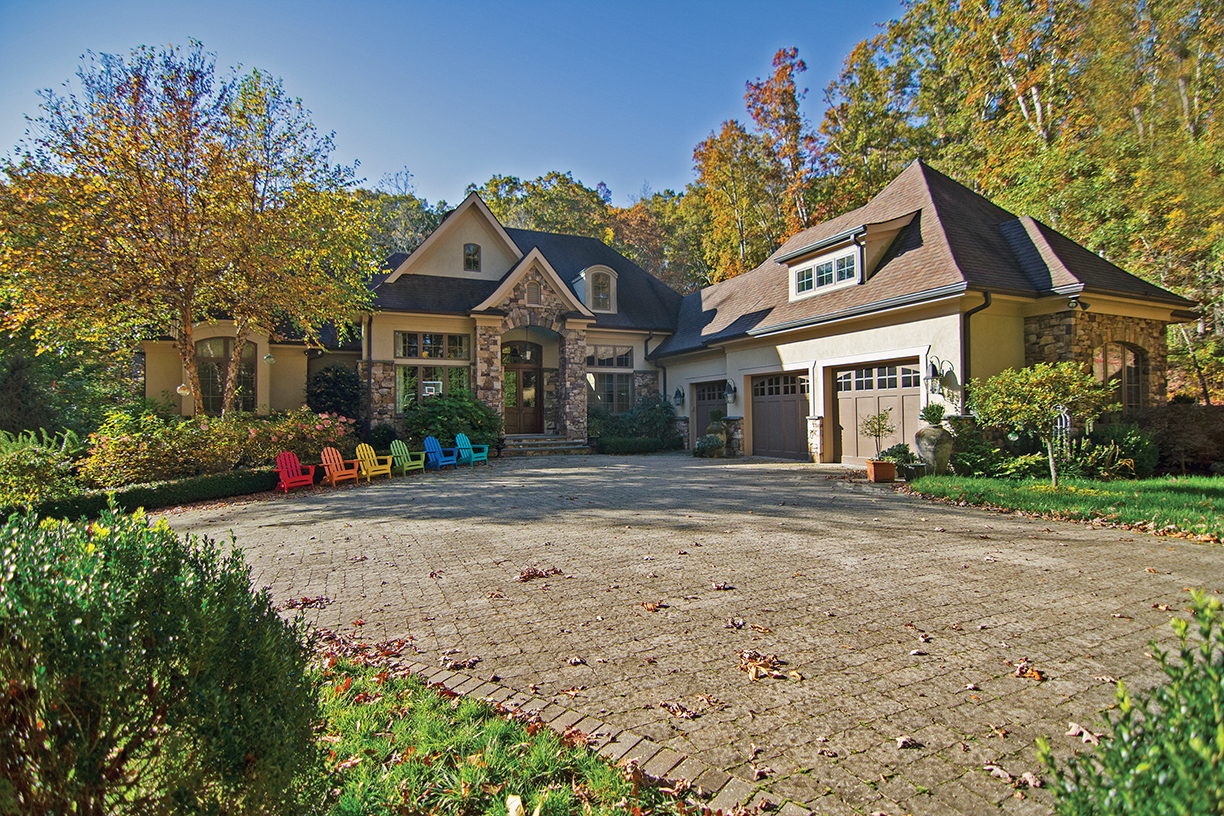
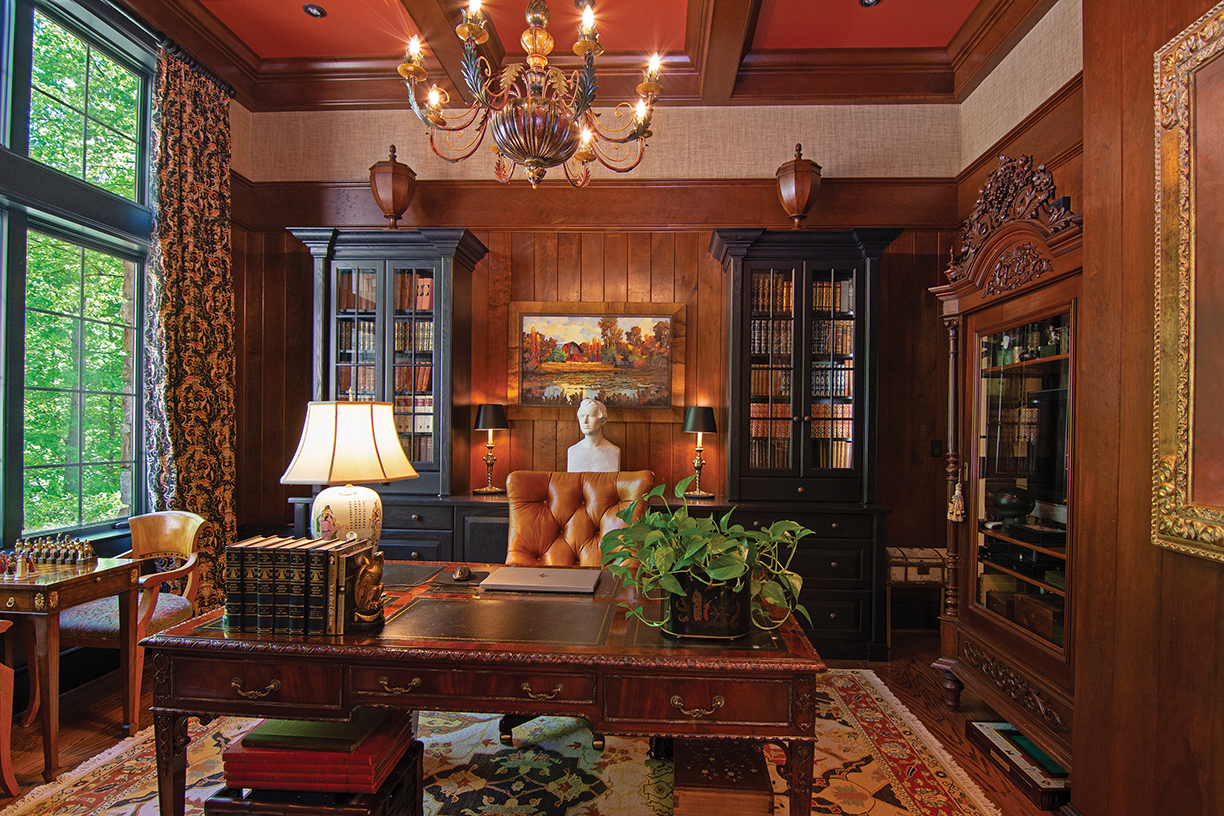
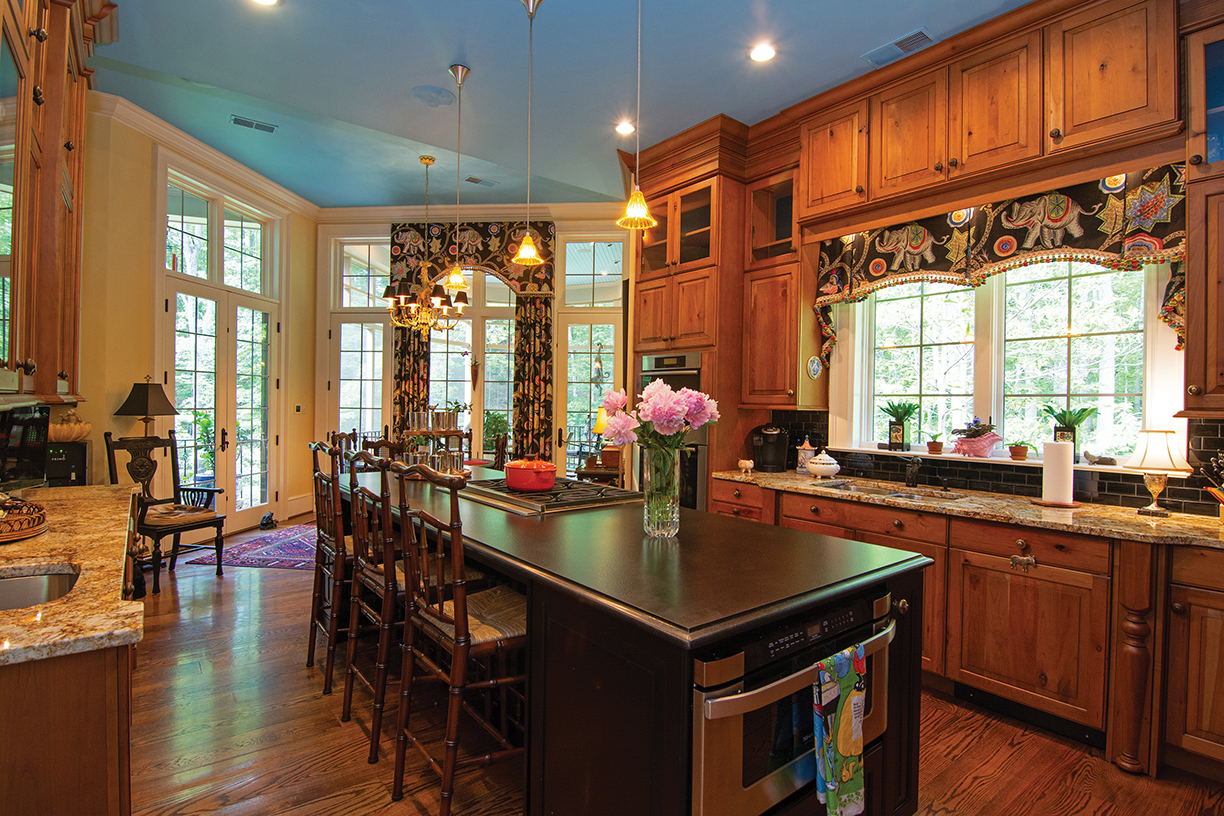
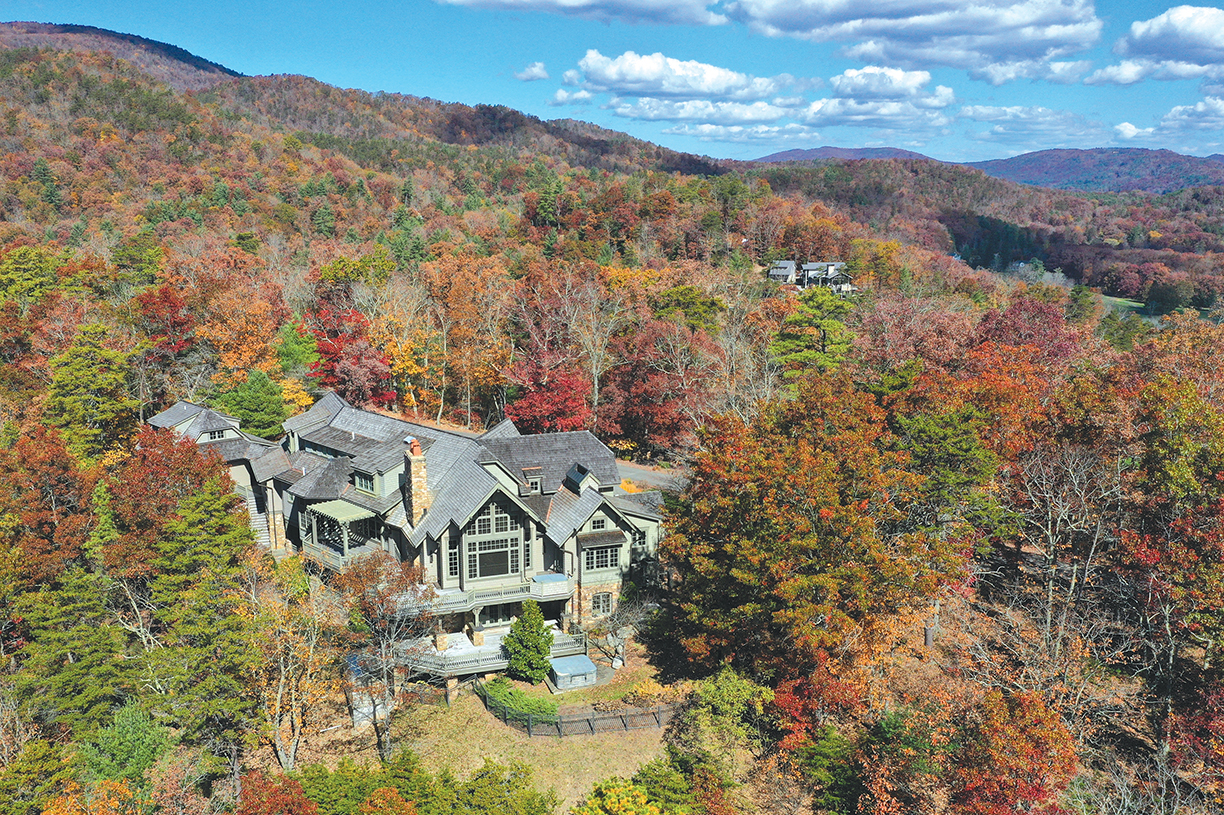
Showcasing a greenhouse, waterfall and koi pond, this approximately 22-acre mountain retreat in the Greenbrier Sporting Club at White Sulphur Springs, West Virginia, is perfect for someone who enjoys nature.
“The exterior waterfall in the front of the house makes it sound like a babbling brook in the middle of nature,” says listing agent Paul Grist of Grist Real Estate Associates Inc. who is listing the property with Donna Stoner.
The home features 10,028± square feet of living space, eight bedrooms, nine full and three half baths, four fireplaces, and two hot tubs.
“The living room, dining room, and kitchen, with serene views of the eastern mountains, gives one a feeling of ‘sitting on top of the world’ with total privacy,” says Grist.
The estate, which is listed for $2.95 million, also includes a carriage house.
Adjacent to the world-famous Greenbrier Resort, it is also conveniently located four hours from Washington D.C. and five hours from Pittsburgh, with the nearby airport offering direct flights.
For more information, contact:
Grist Real Estate Associates, Inc.
Paul Grist, Broker — 304.661.6543
Donna Stoner, GRI, Agent — 304.646.6454
695 Jefferson Street, South Lewisburg, WV 24901
304.645.5000
www.GristRealEstate.com/LUX
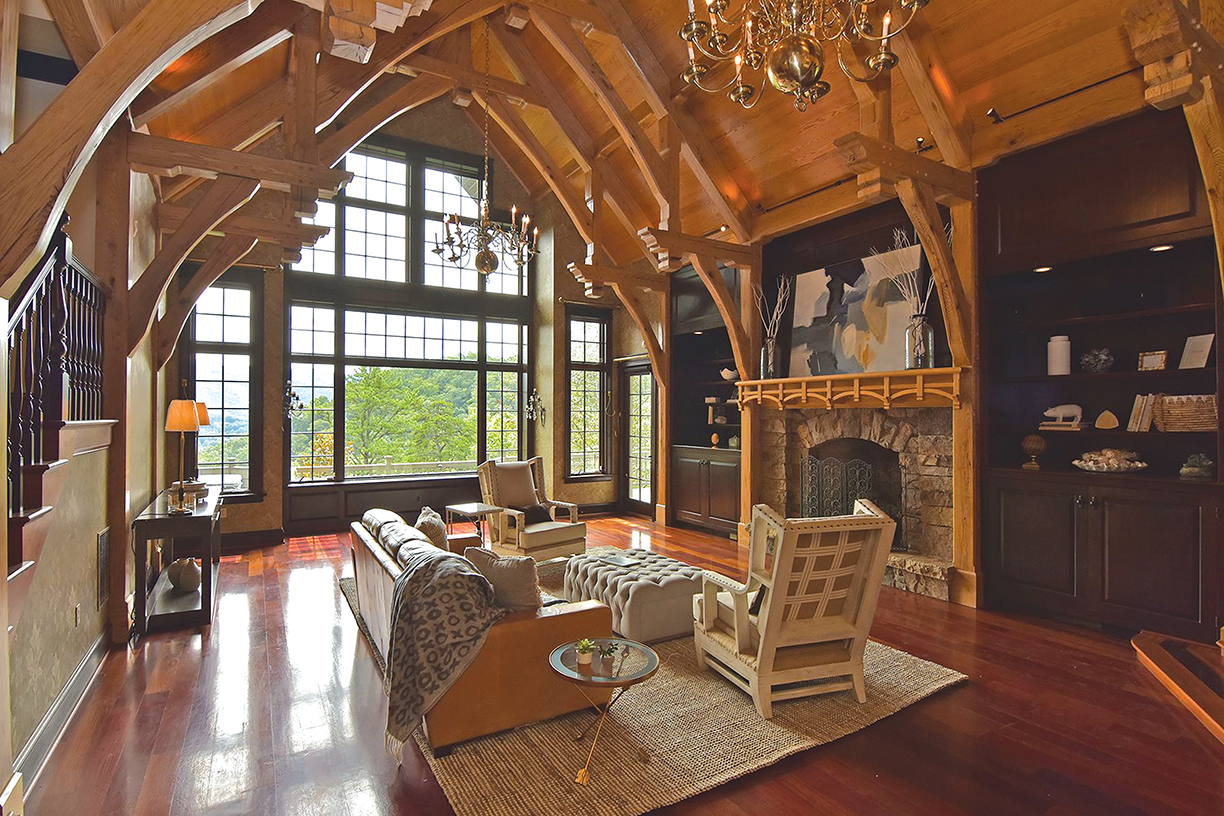
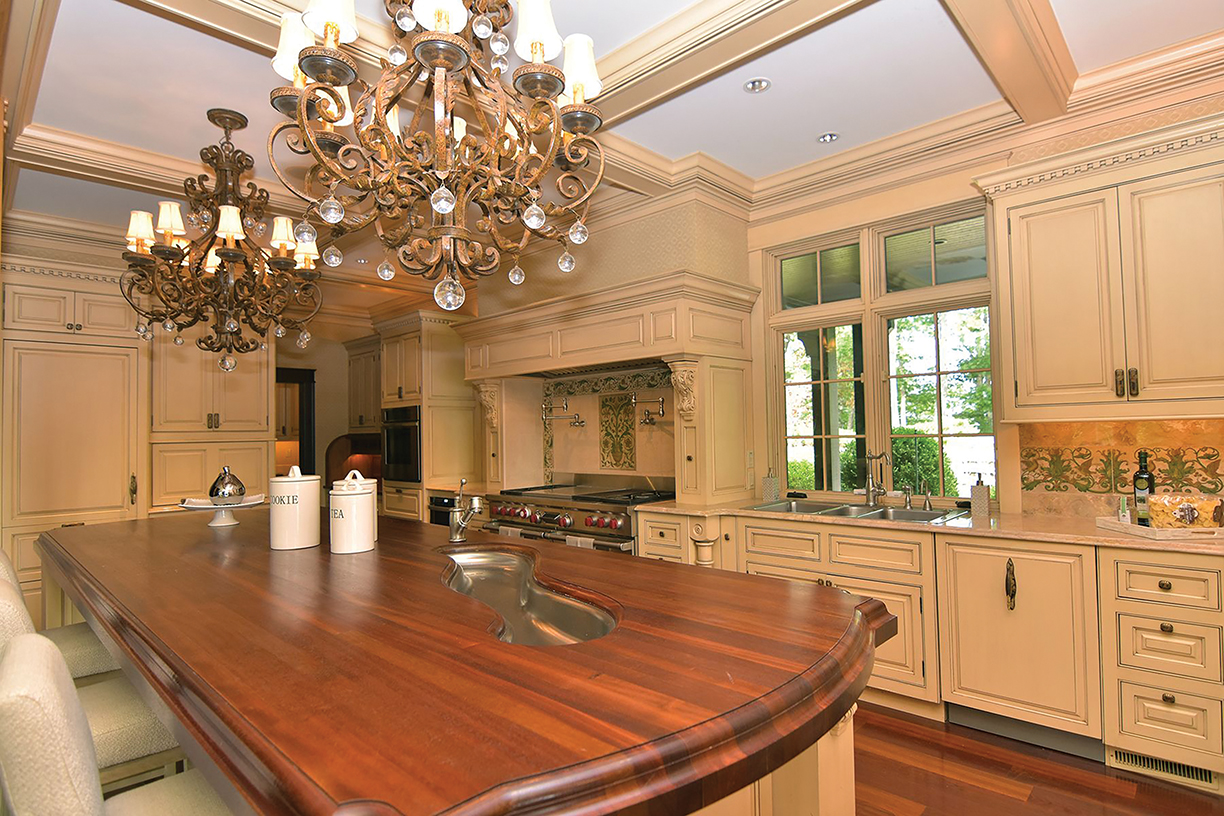
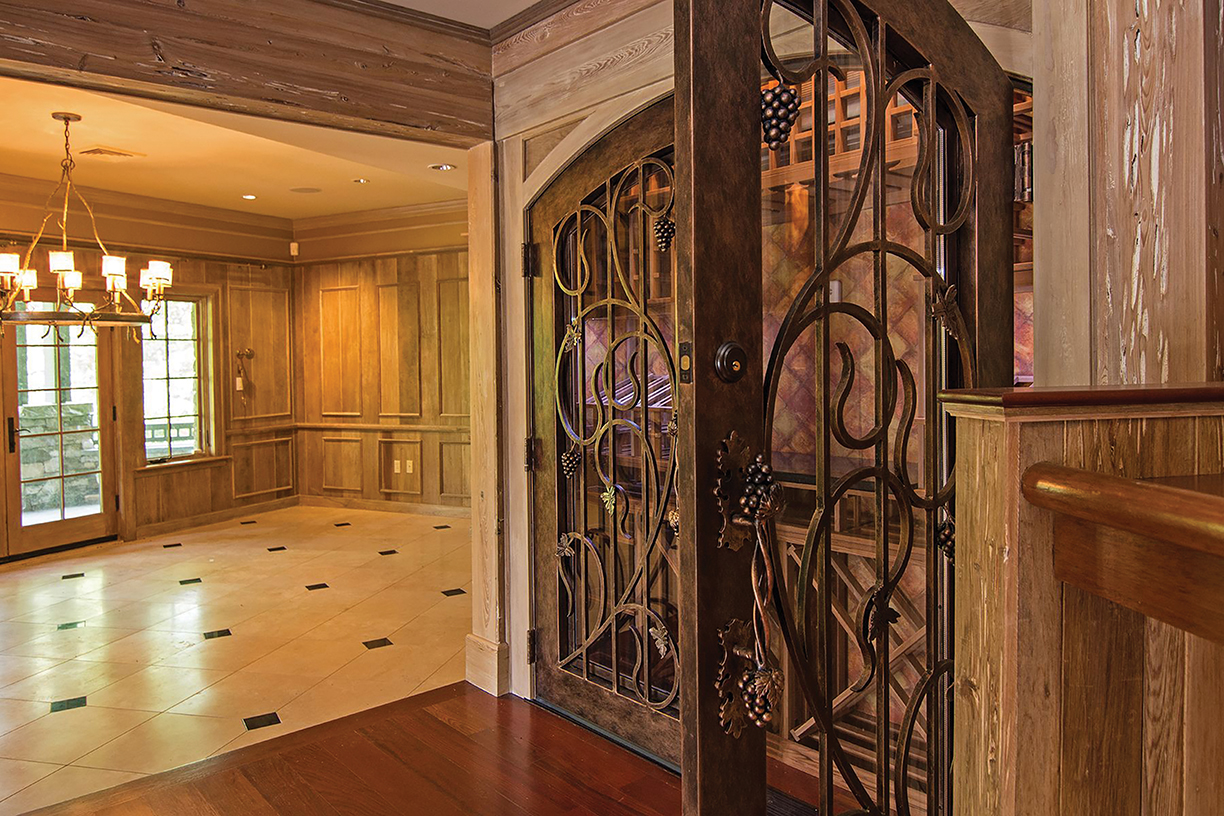
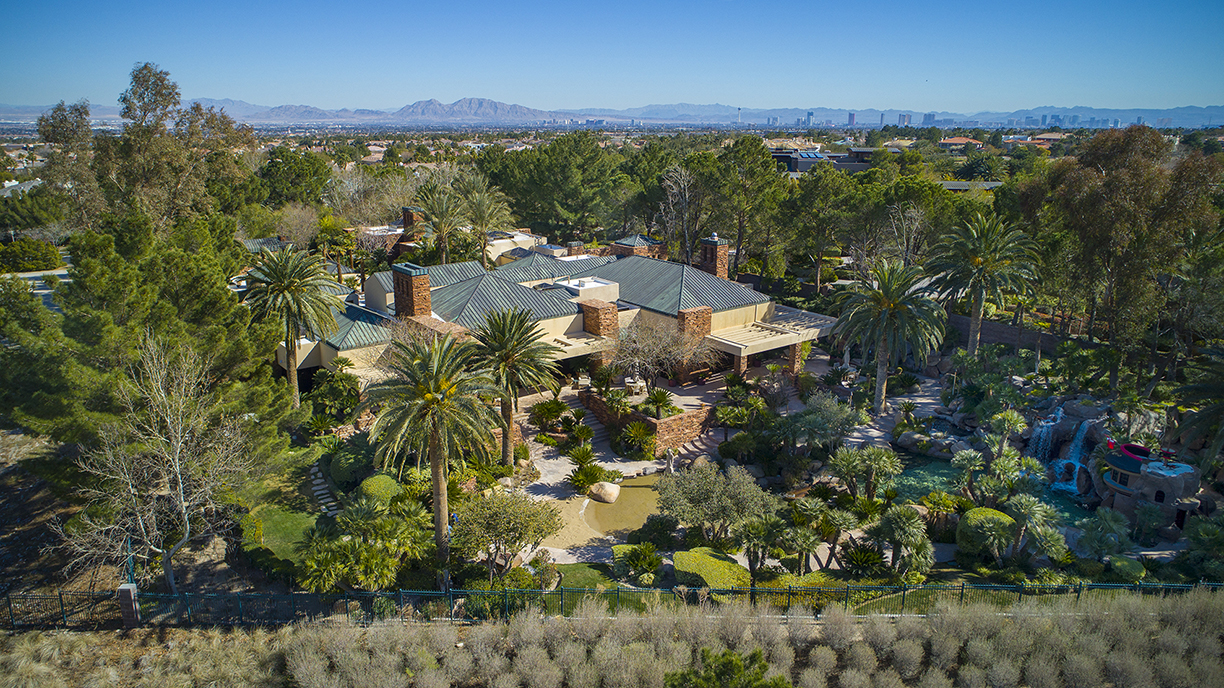
1701 Enclave Court
Las Vegas, Nevada 89134
Inspired by Frank Lloyd Wright’s Falling Water, this legacy property located in the prestigious Enclave of Summerlin is perfect for entertaining guests and family. Comprised of over 2,200 tons of ledge stone, this 13,000-plus-square-foot home sits on 2 acres of the private TPC course. This home’s amazing gardens and waterfalls run throughout the property, and not only serve as the centerpiece of this palatial home but provide a constant reminder of the true uniqueness of this home in the desert. Impressive vaulted-box, exposed-beam ceilings with recessed lighting adorn much of the home. For entertaining guests and family, this home boasts a great room, family room, formal dining room, wet bar, and wine cellar/home theater. This Las Vegas home offers both character and significance unmatched in the valley.
For more information, contact:
Don Kuhl
Principal – KUHL Group
Synergy | Sotheby’s International Realty
C: 702.324.2121 O: 702.360.1414

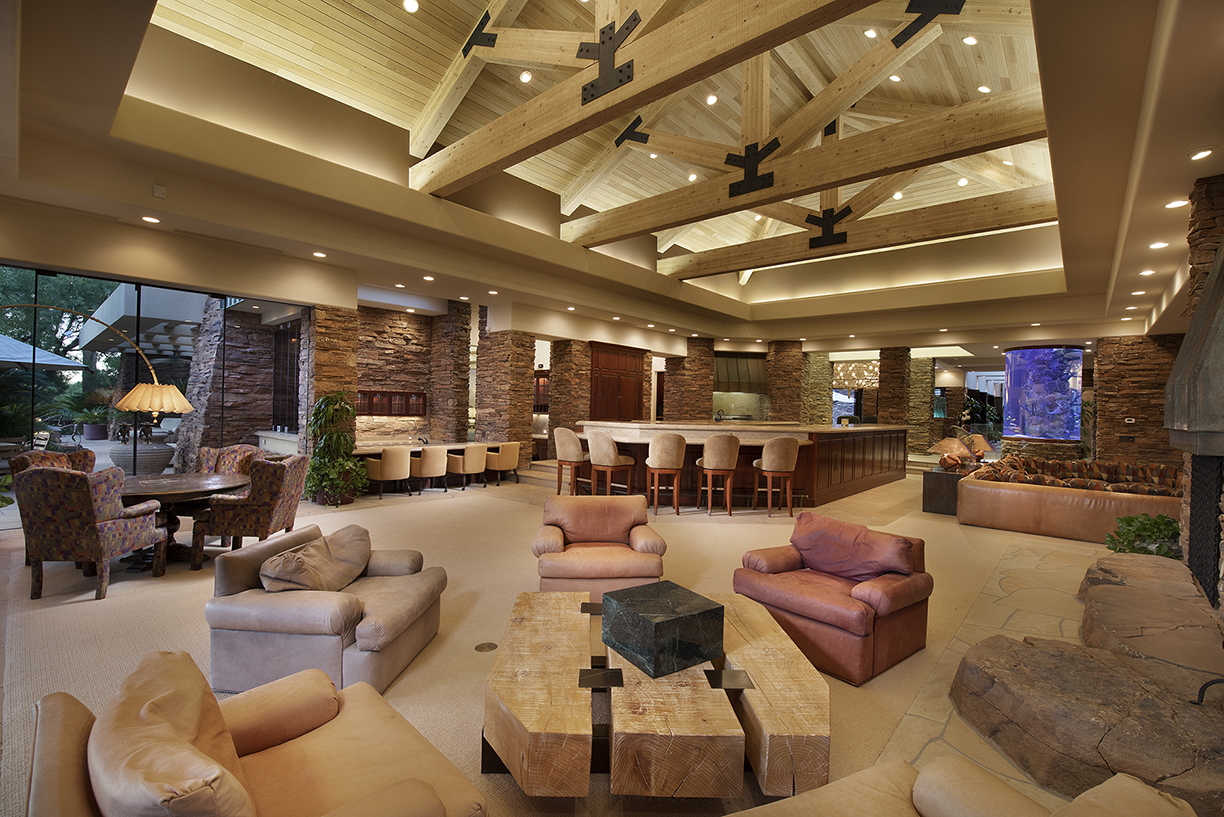
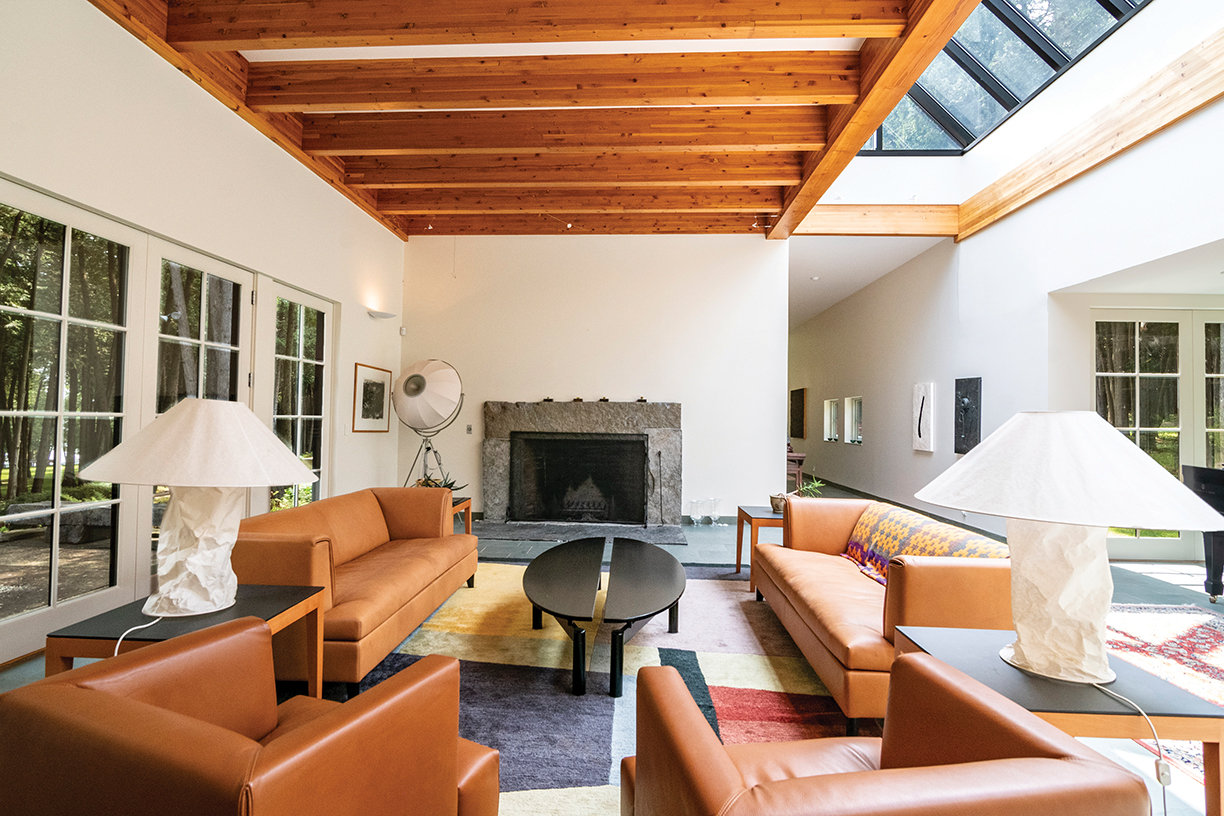
On one of the largest contiguous parcels in the NY Champlain Valley, this 431-acre farm and custom 8,000-square-foot waterfront home showcases mountain views on 646 feet on Lake Champlain. It offers the very finest custom details.
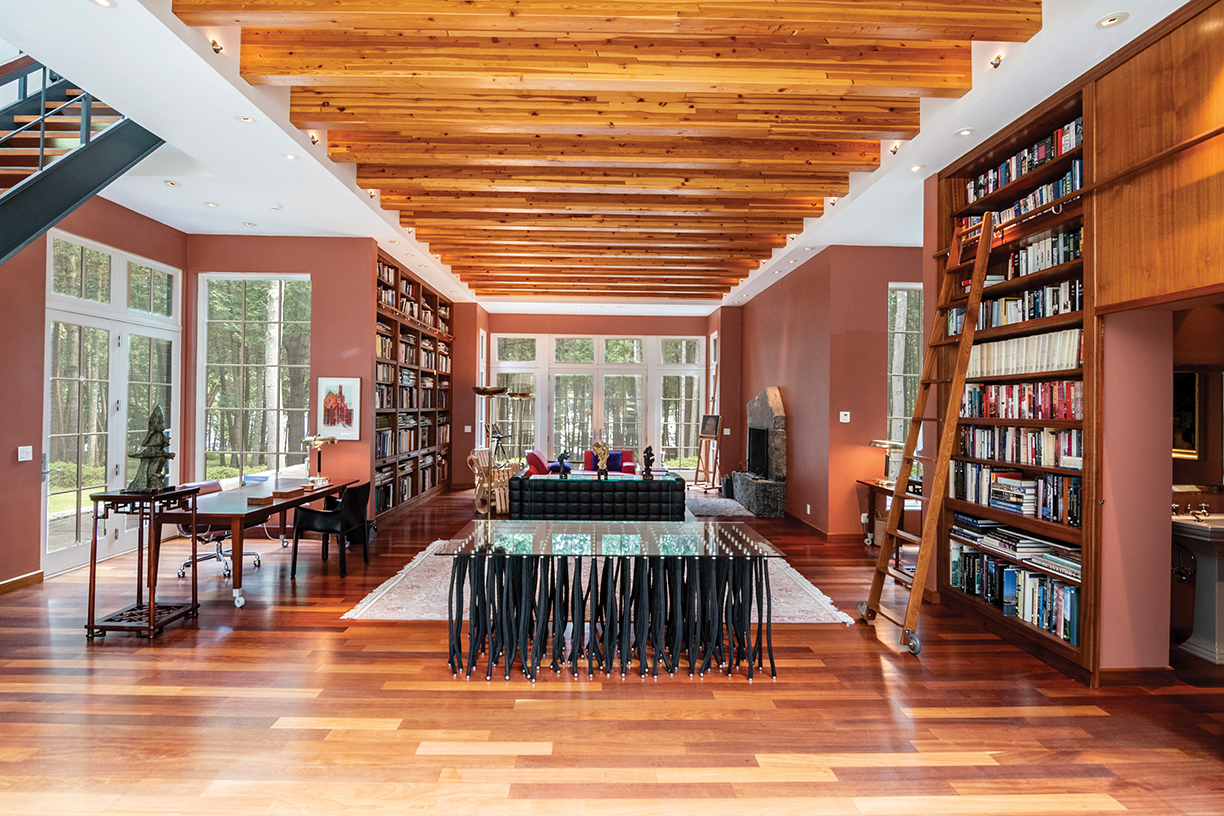

“From the library to the floor-to-ceiling windows, you feel as though you are outside in a gorgeous glass room looking through a filtered view of the manicured mature cedar trees at Lake Champlain and the Green Mountains,” says co-lister Jodi Gunther of Berkshire Hathaway HomeServices Adirondack Premier Properties, who is listing the property with Margie Philo. “In the media room and dining areas there are completely different views of Lake Champlain, but my favorite is the main suite with oversized windows that swing open for amazing Adirondack air and a higher vantage point.”
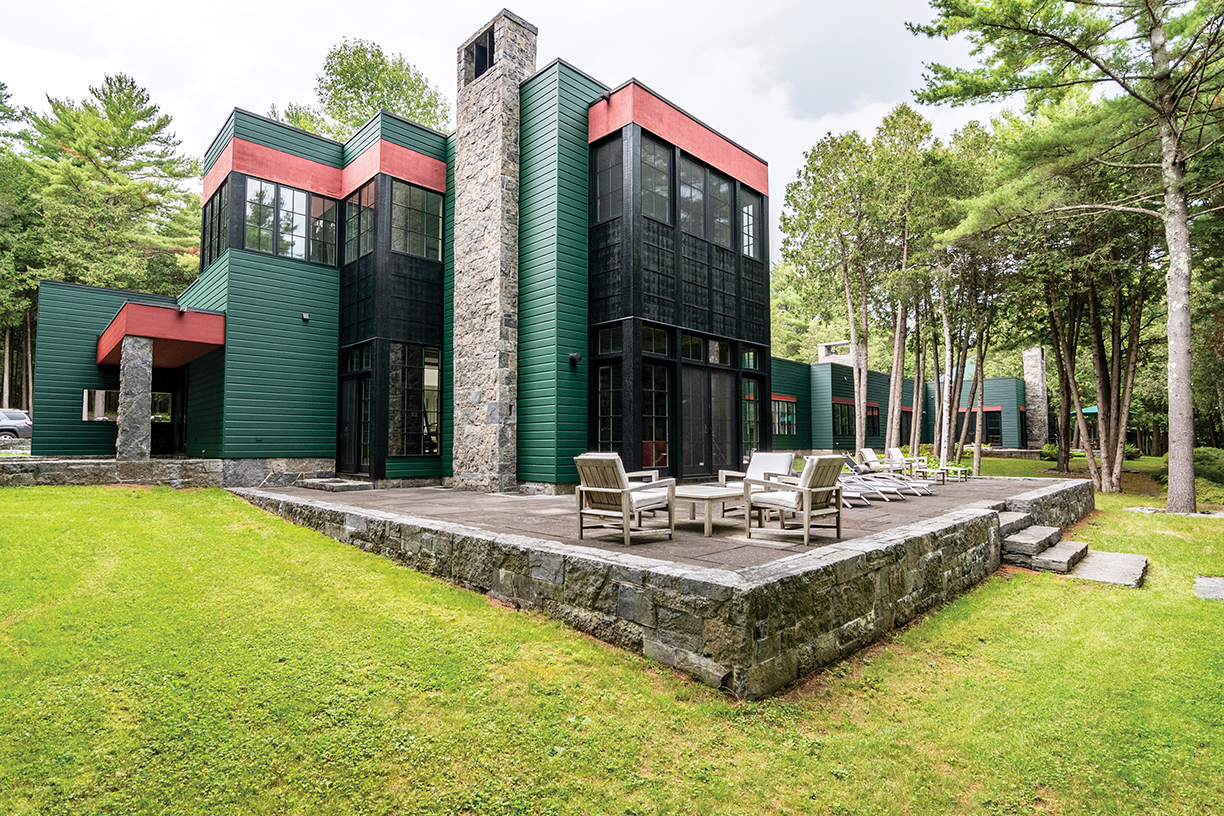
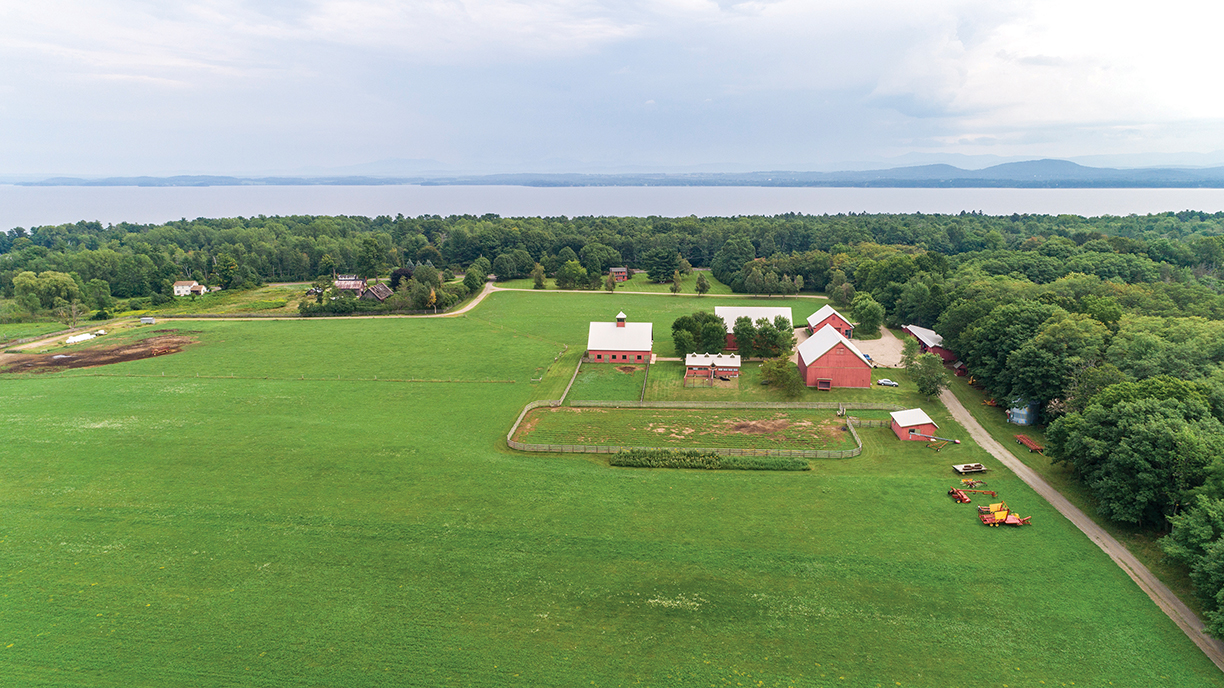
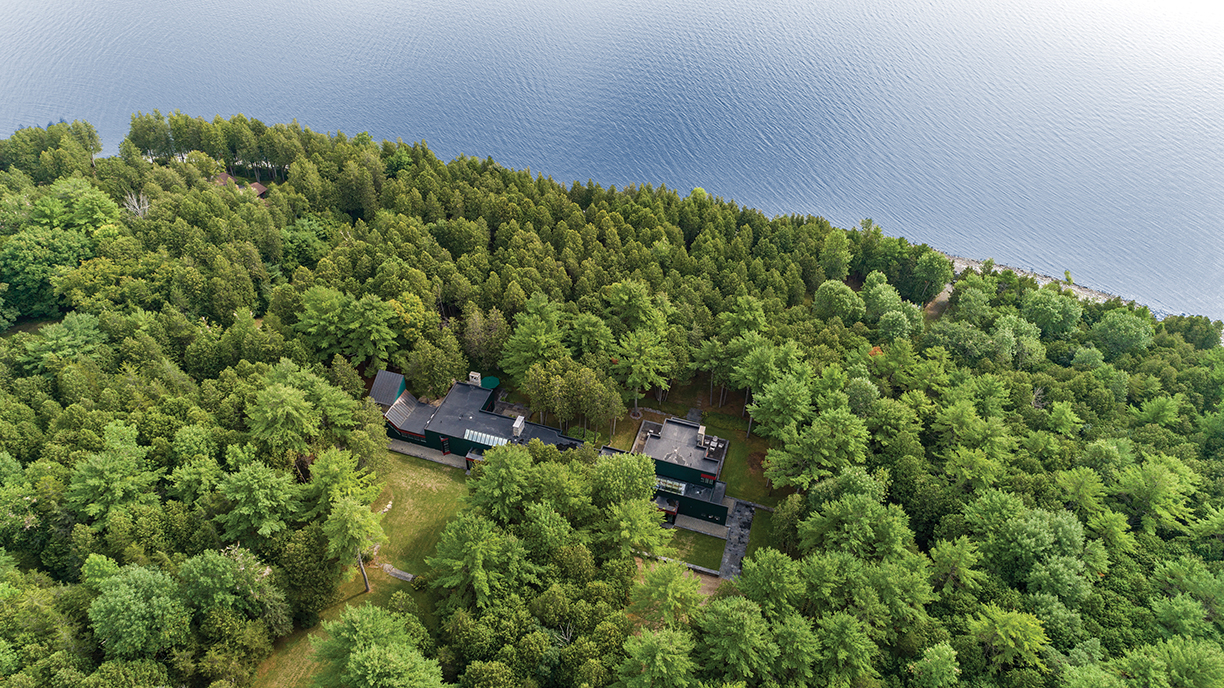
The property, listed for $9.5 million, boasts a totally renovated working 10-building farm, including a horse barn, hay barn, cow shed, a renovated year-round farm home, old slate gable roof barn and more.
It is even equipped with an underground water distribution system to the buildings, high speed internet, and a security system.
It is only minutes to the ferry to Vermont and includes a 2,000-foot grass runway for a serene and safe getaway.
To learn more about this proeprty, contact:
Margie Philo and Jodi Gunther
Berskire Hathaway HomeServices Adirondack Premier Properties & Adirondack Realty
O: 518.523.3333 C: 518.576.9840 Margie@adkpp.com www.adkpp.com














